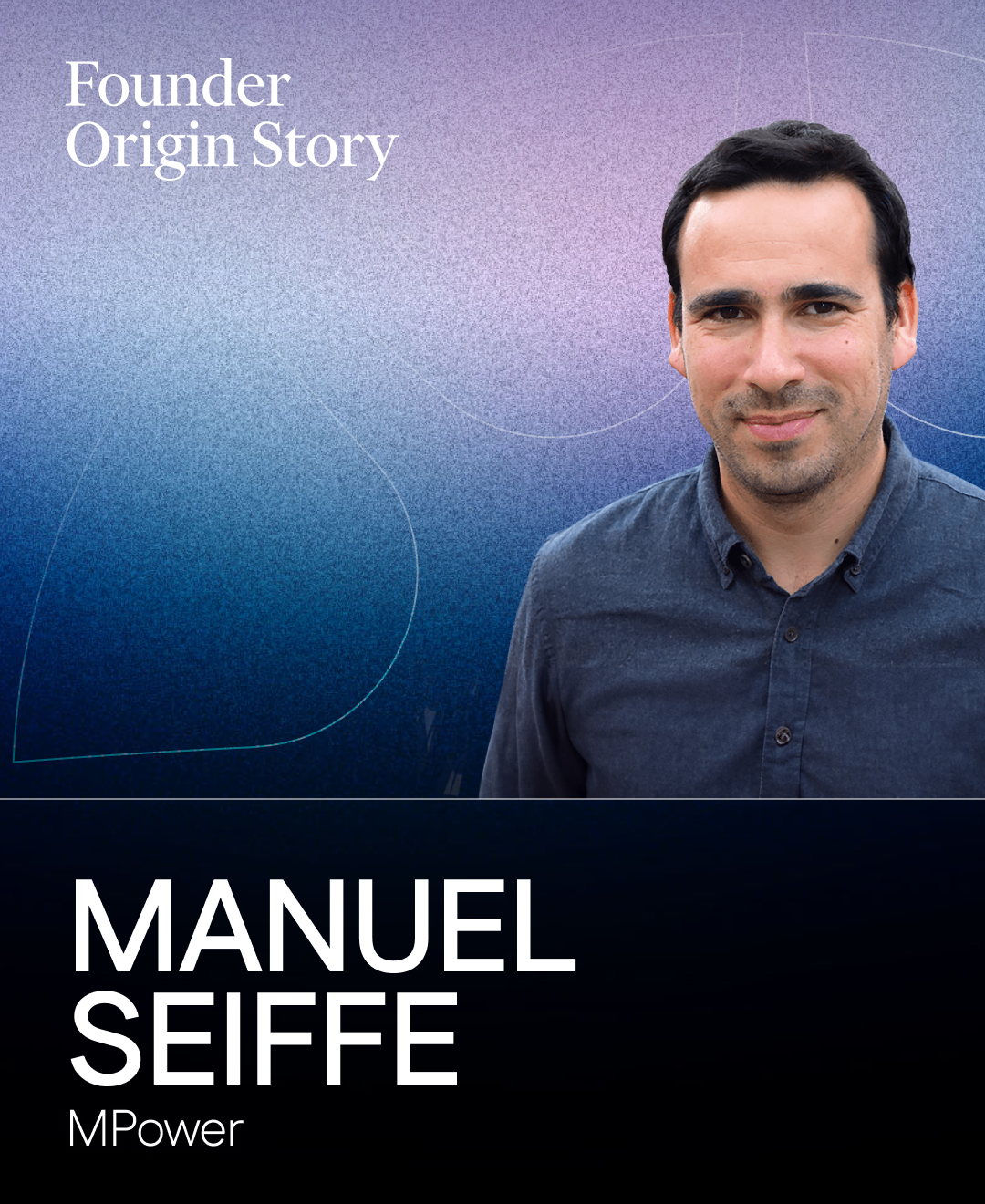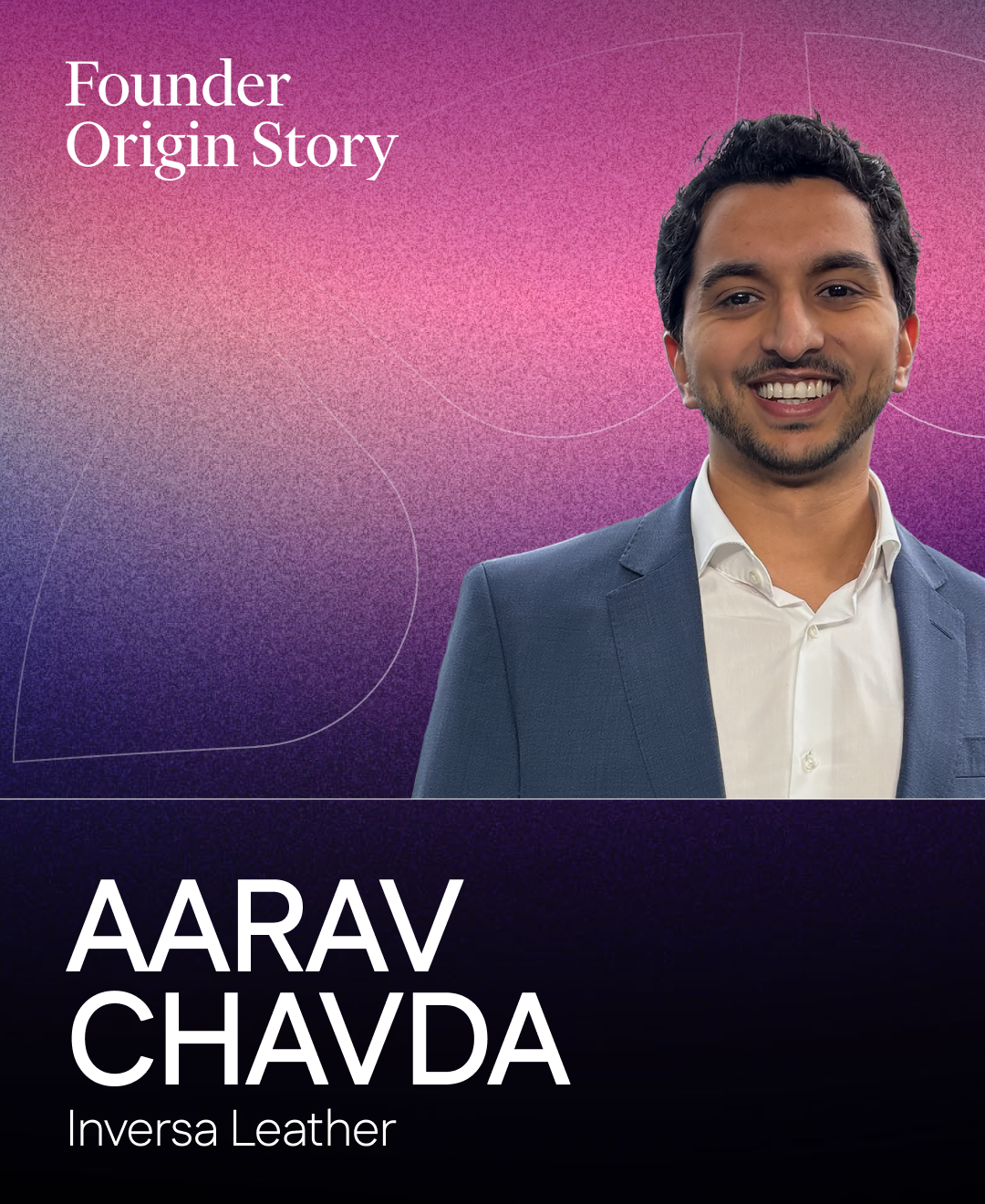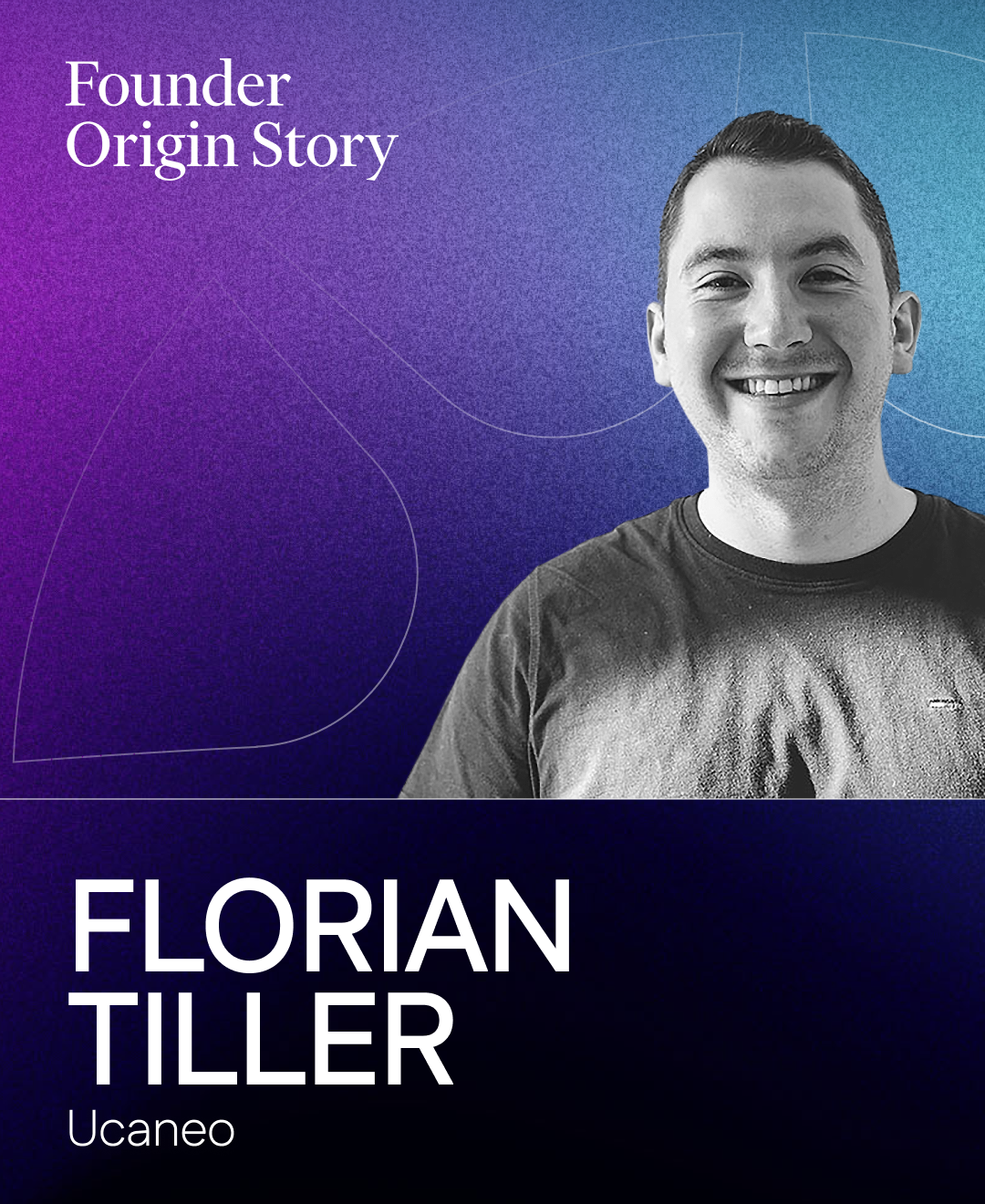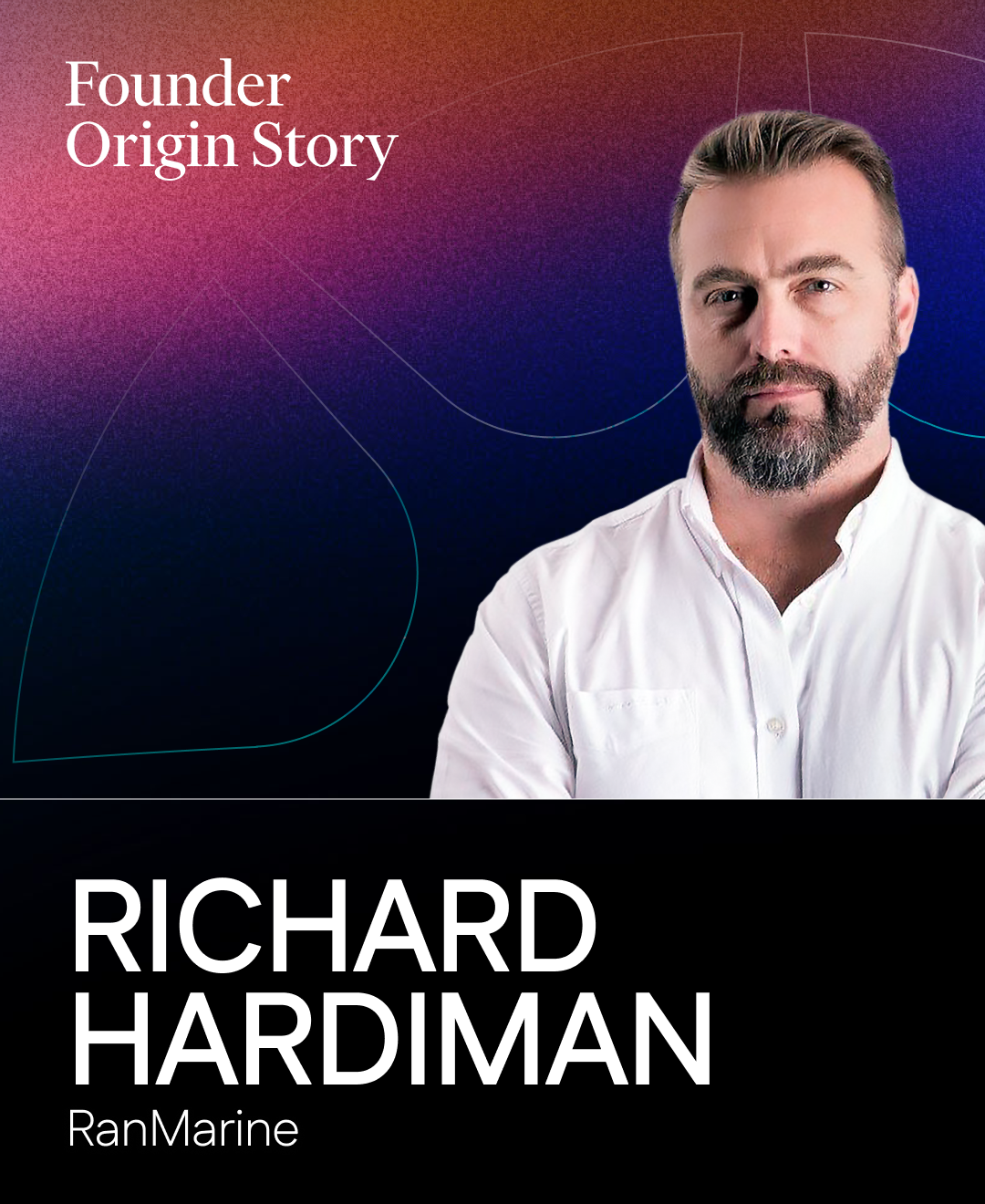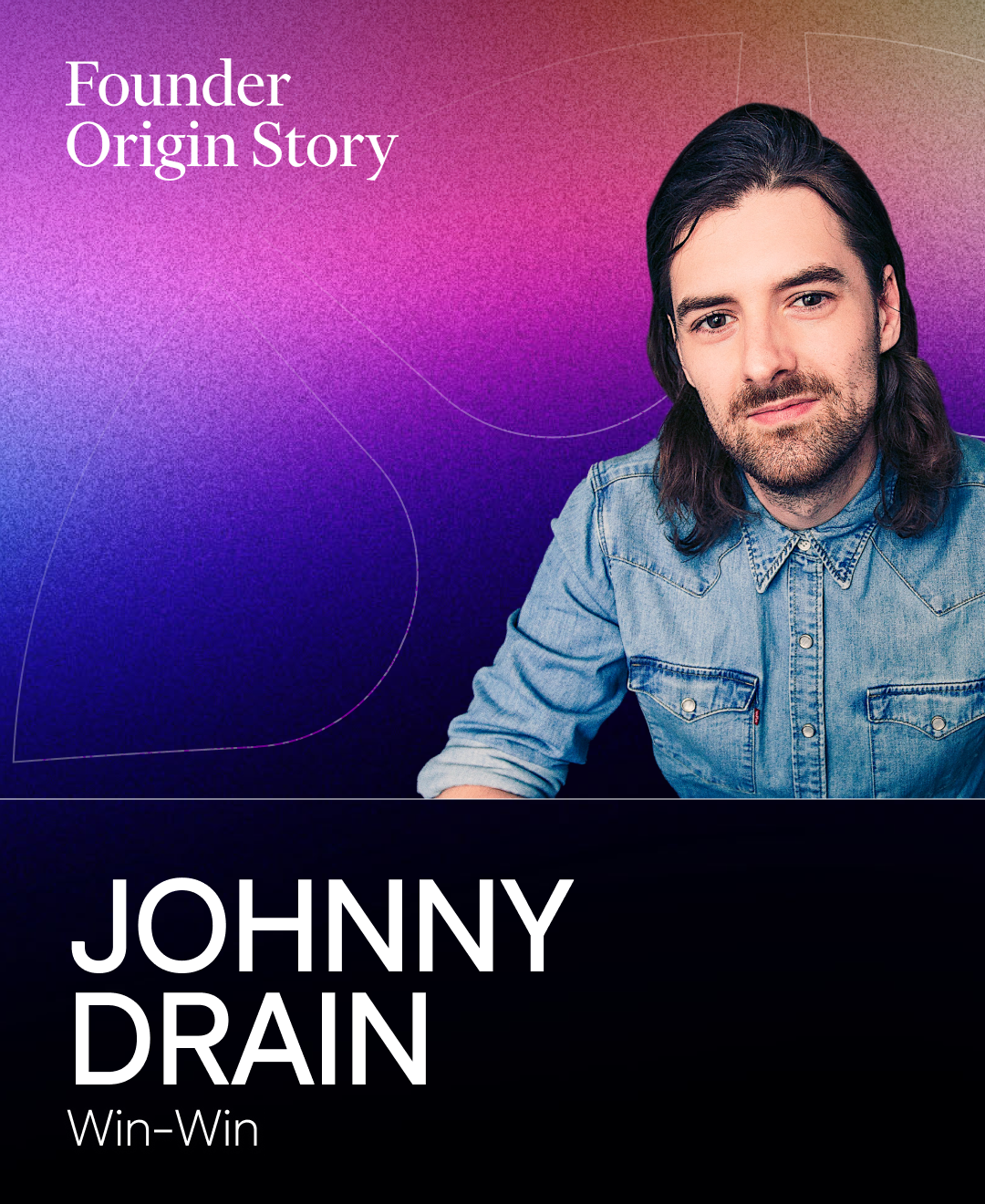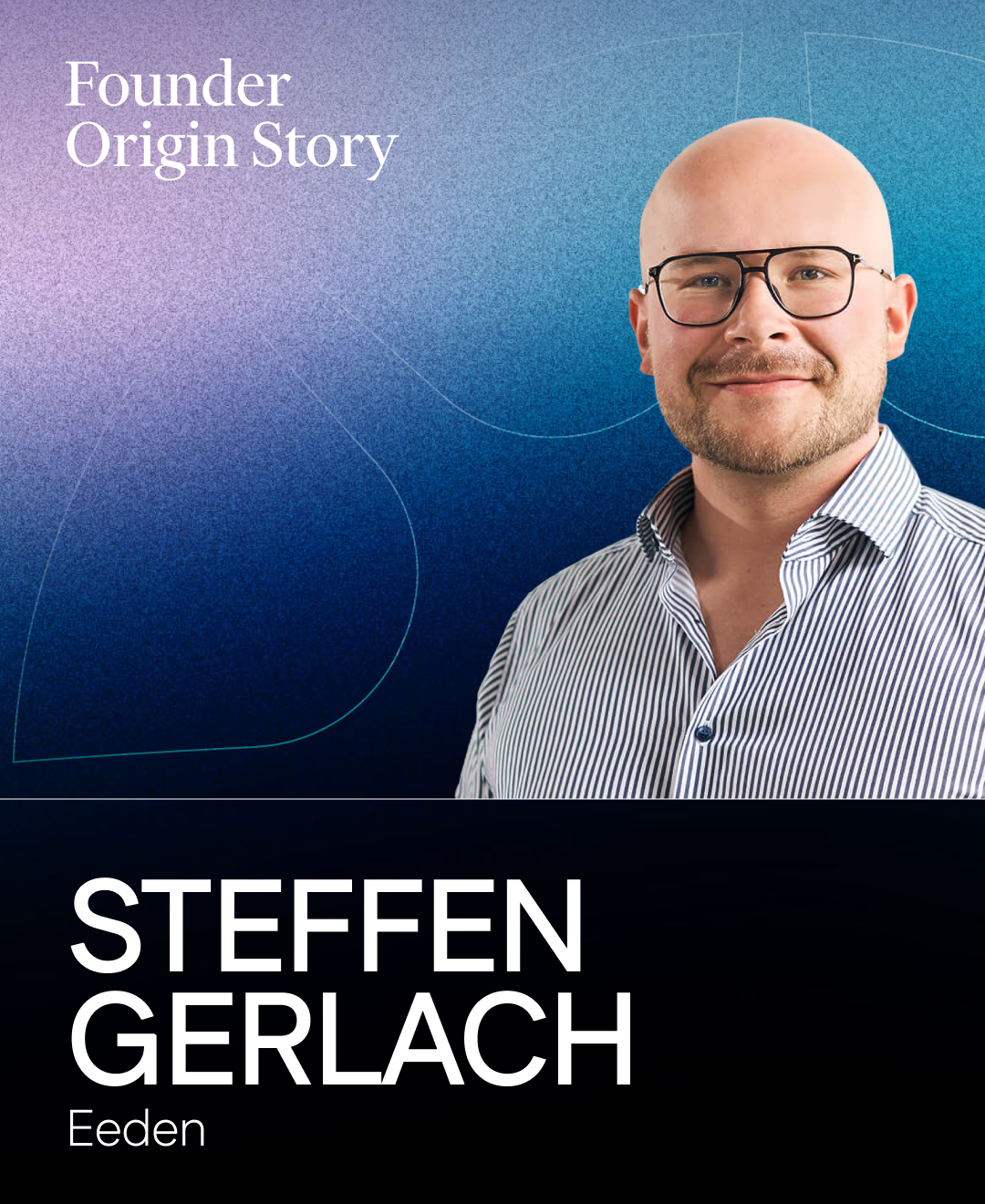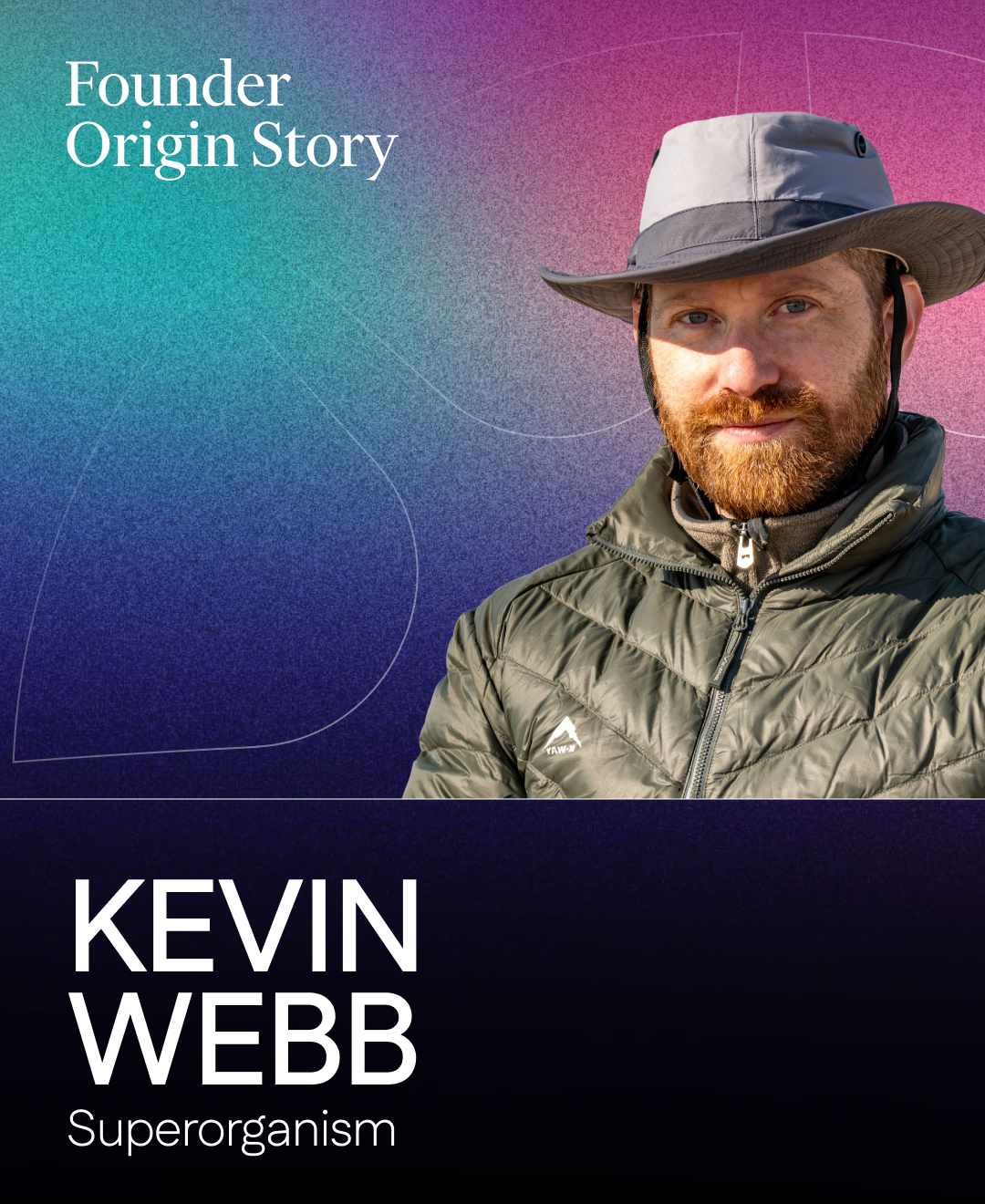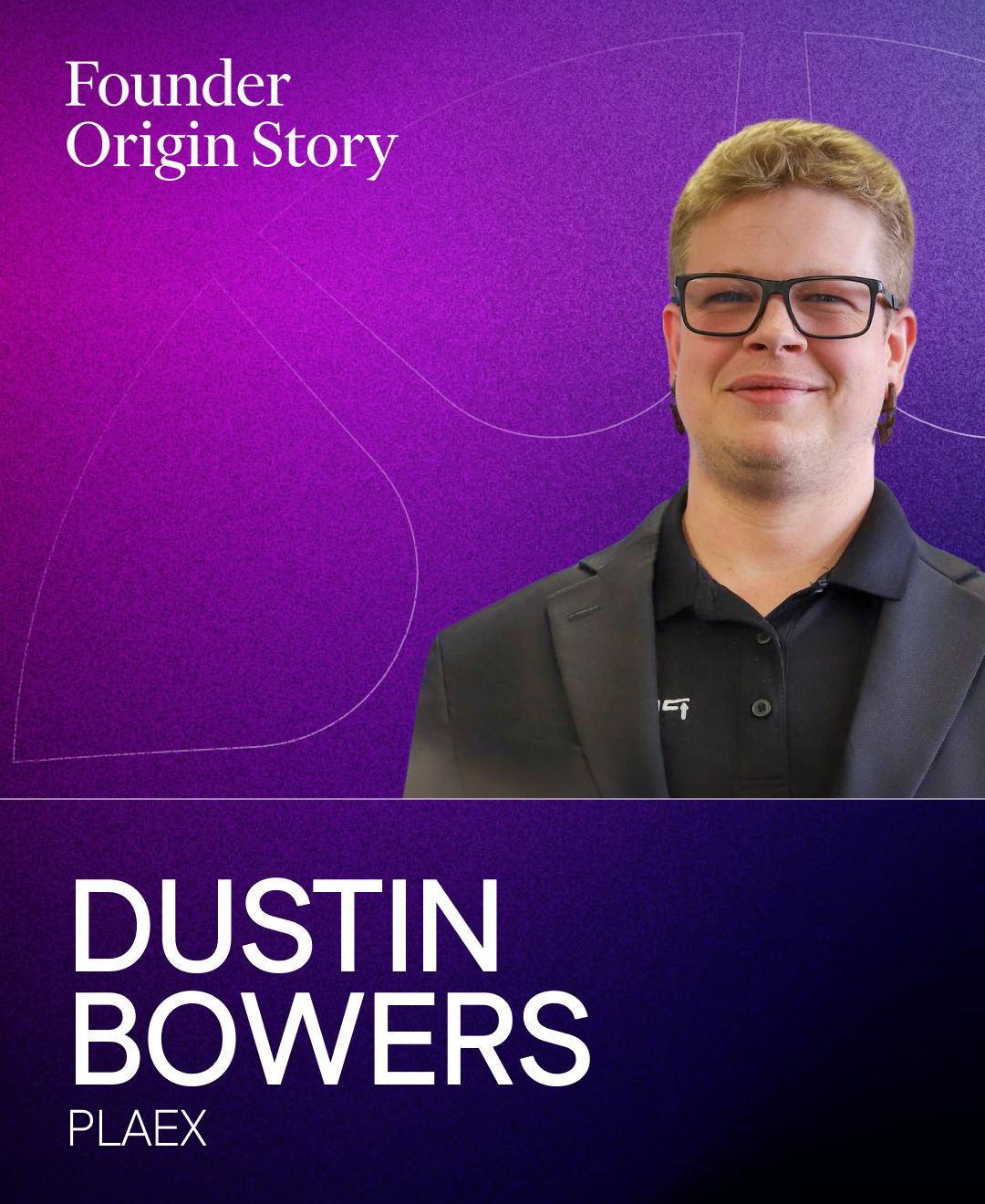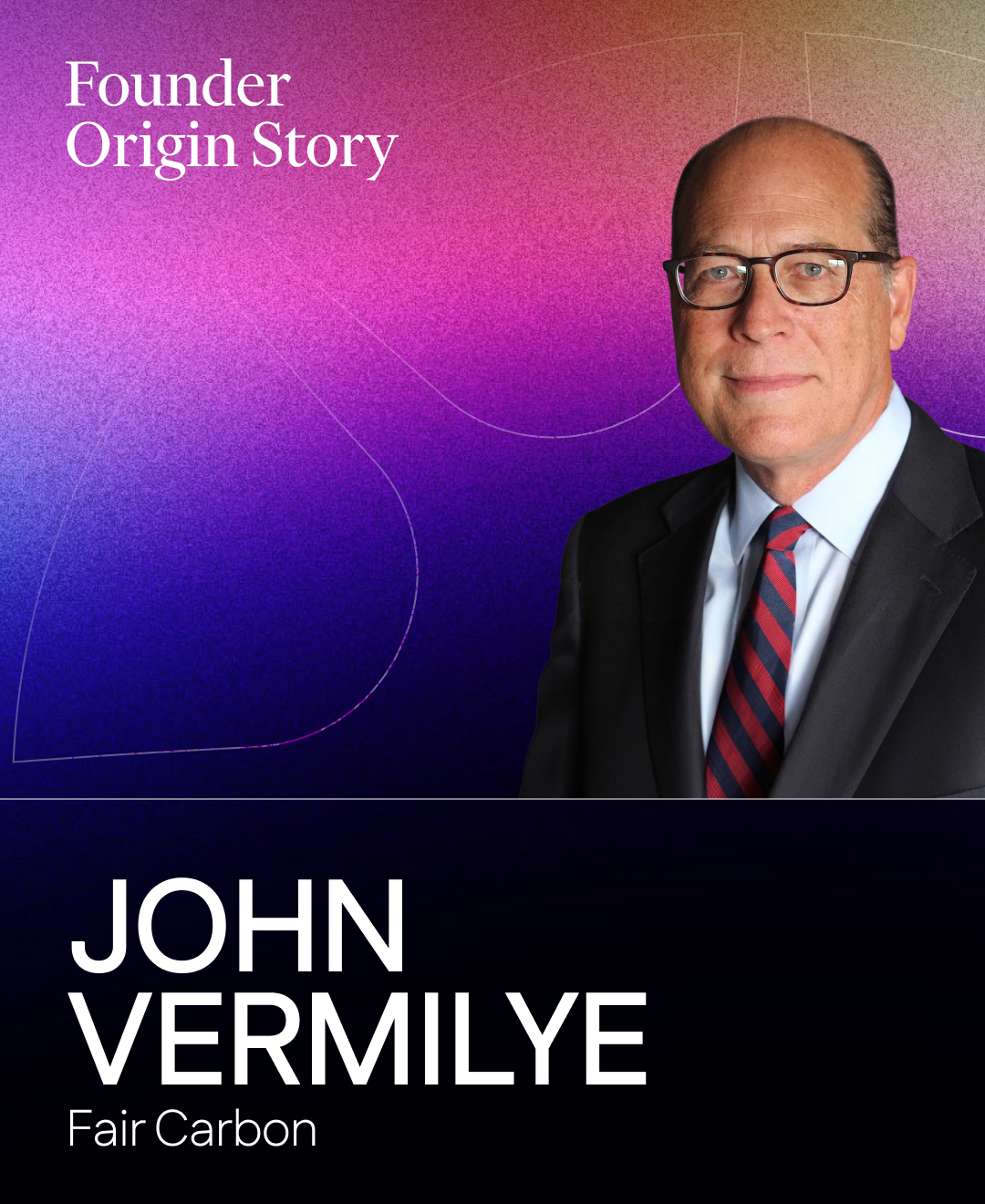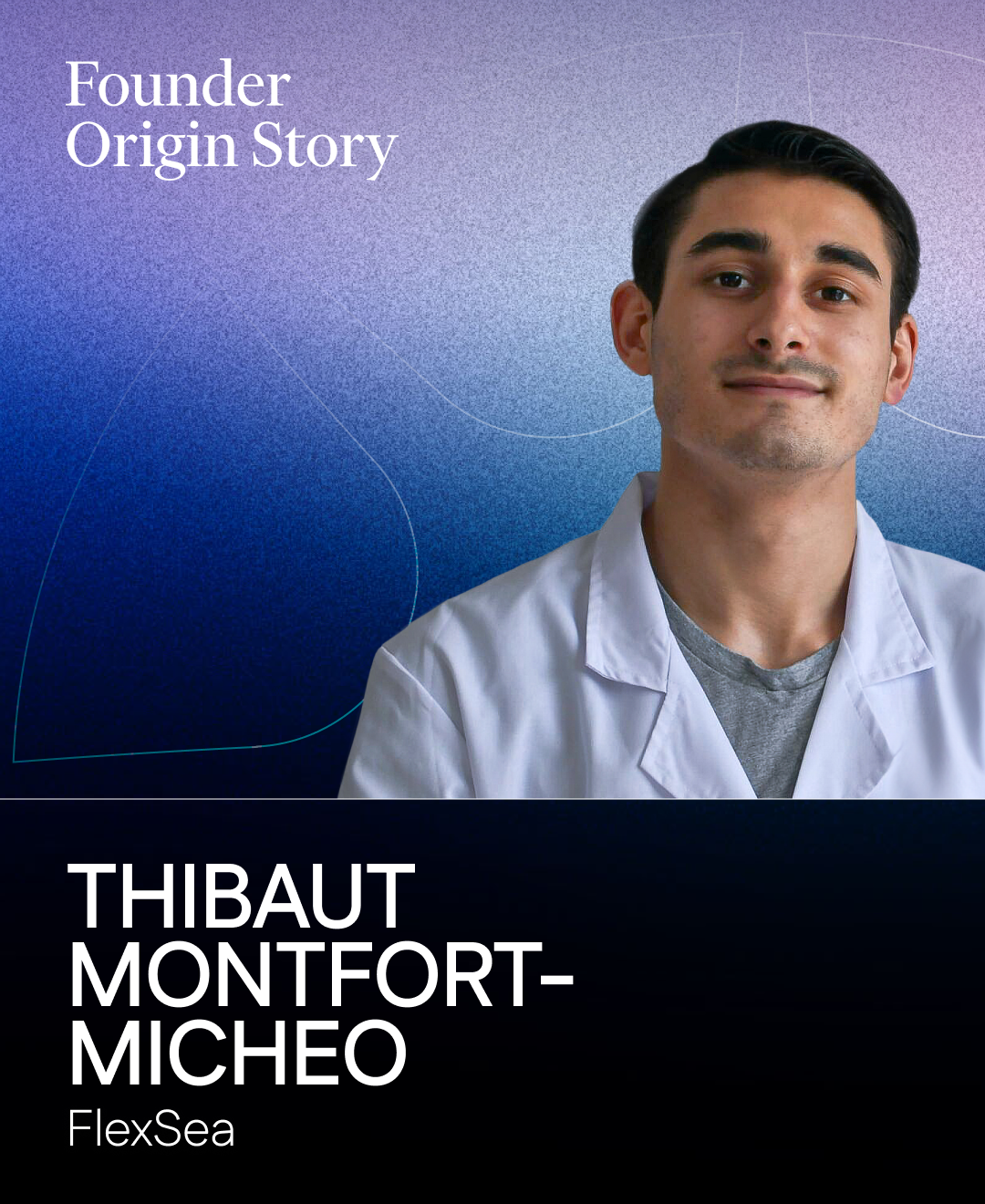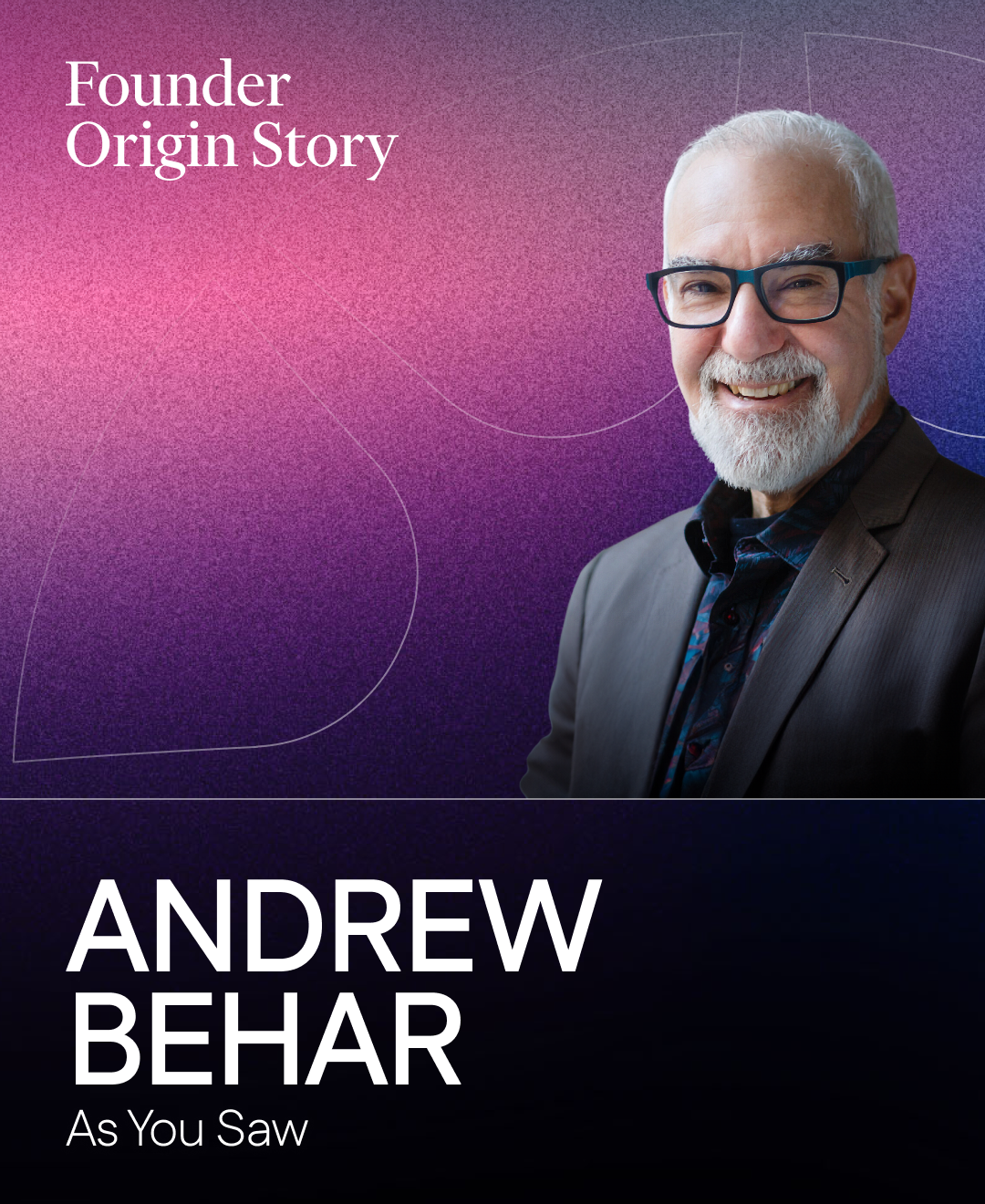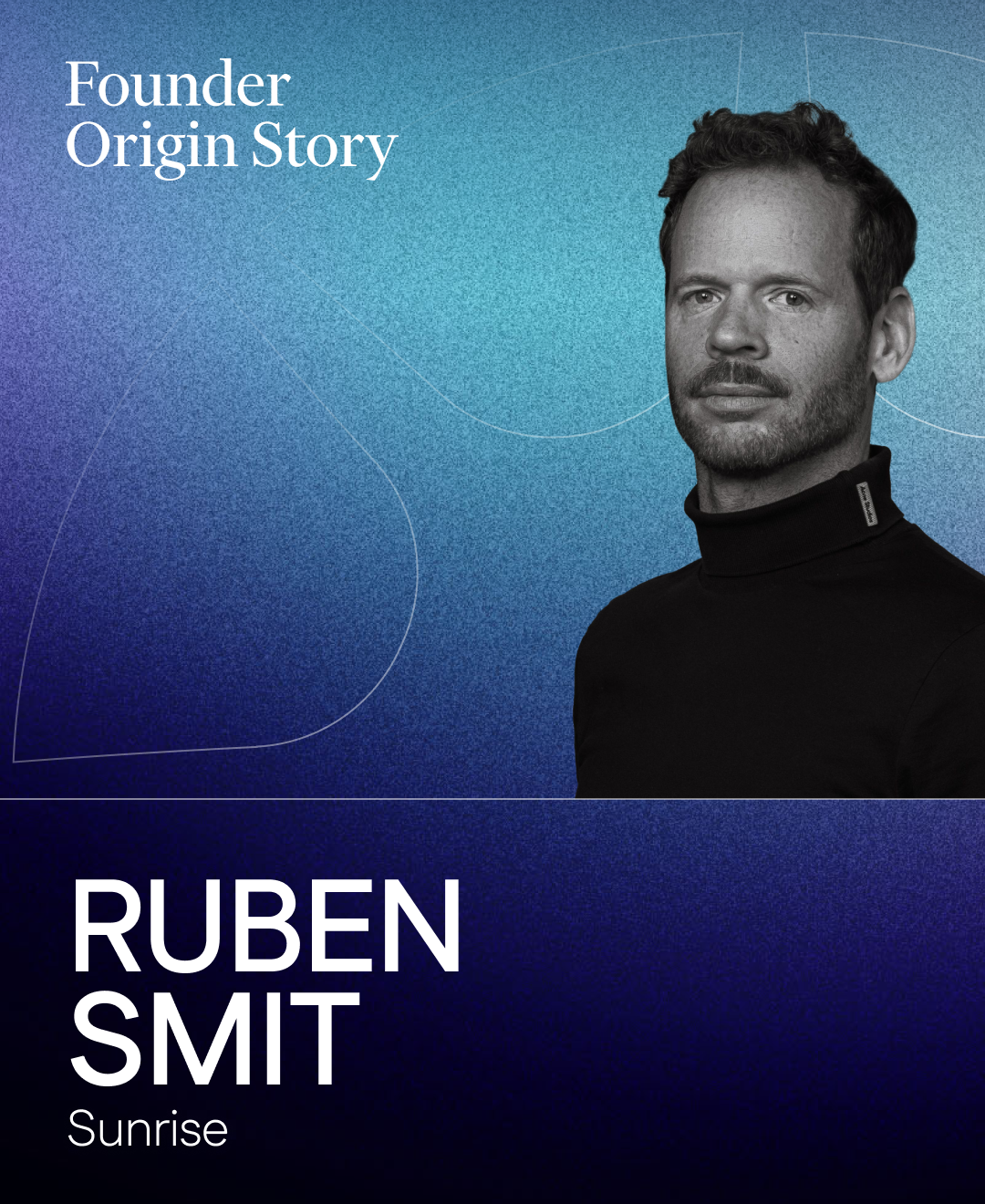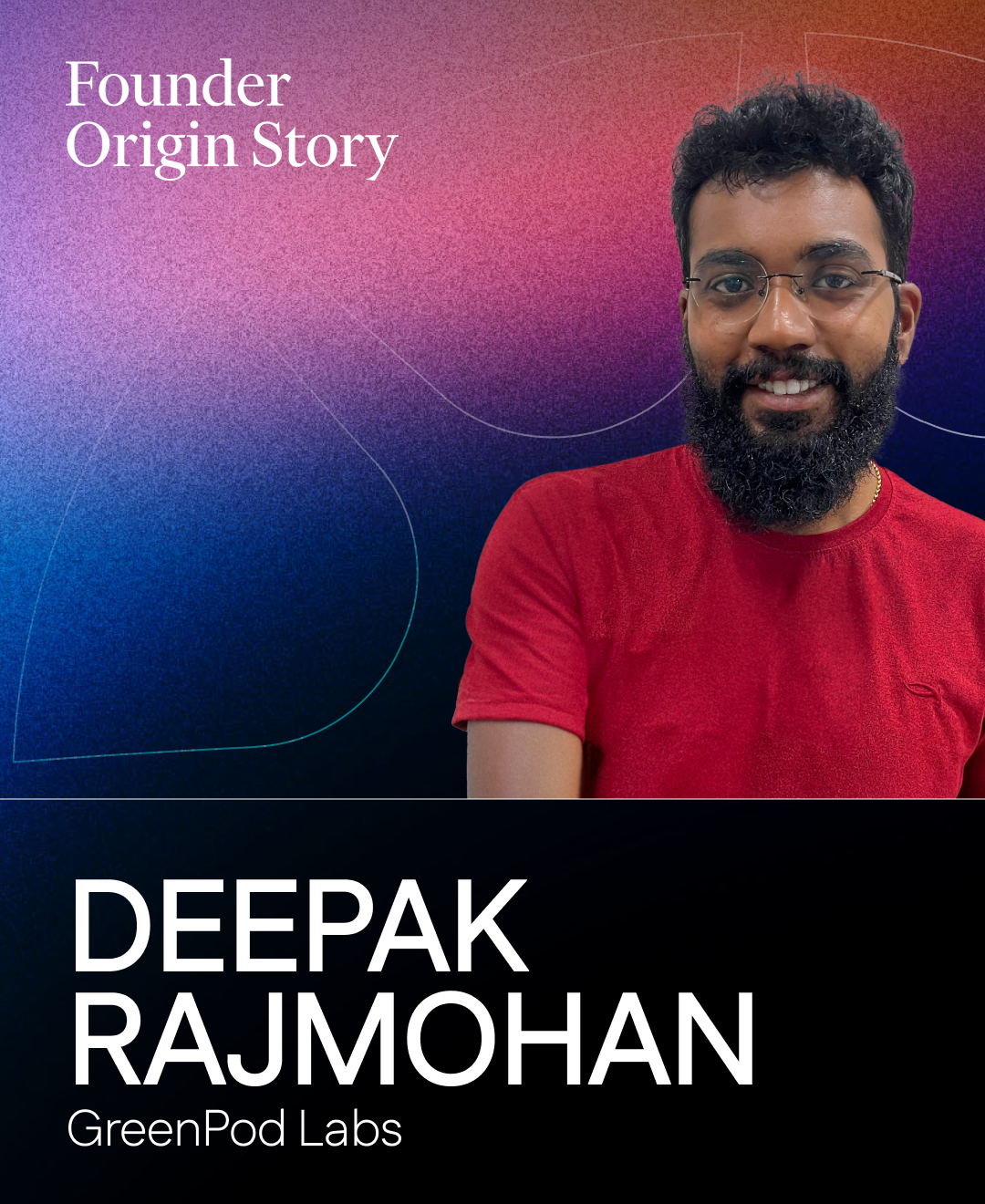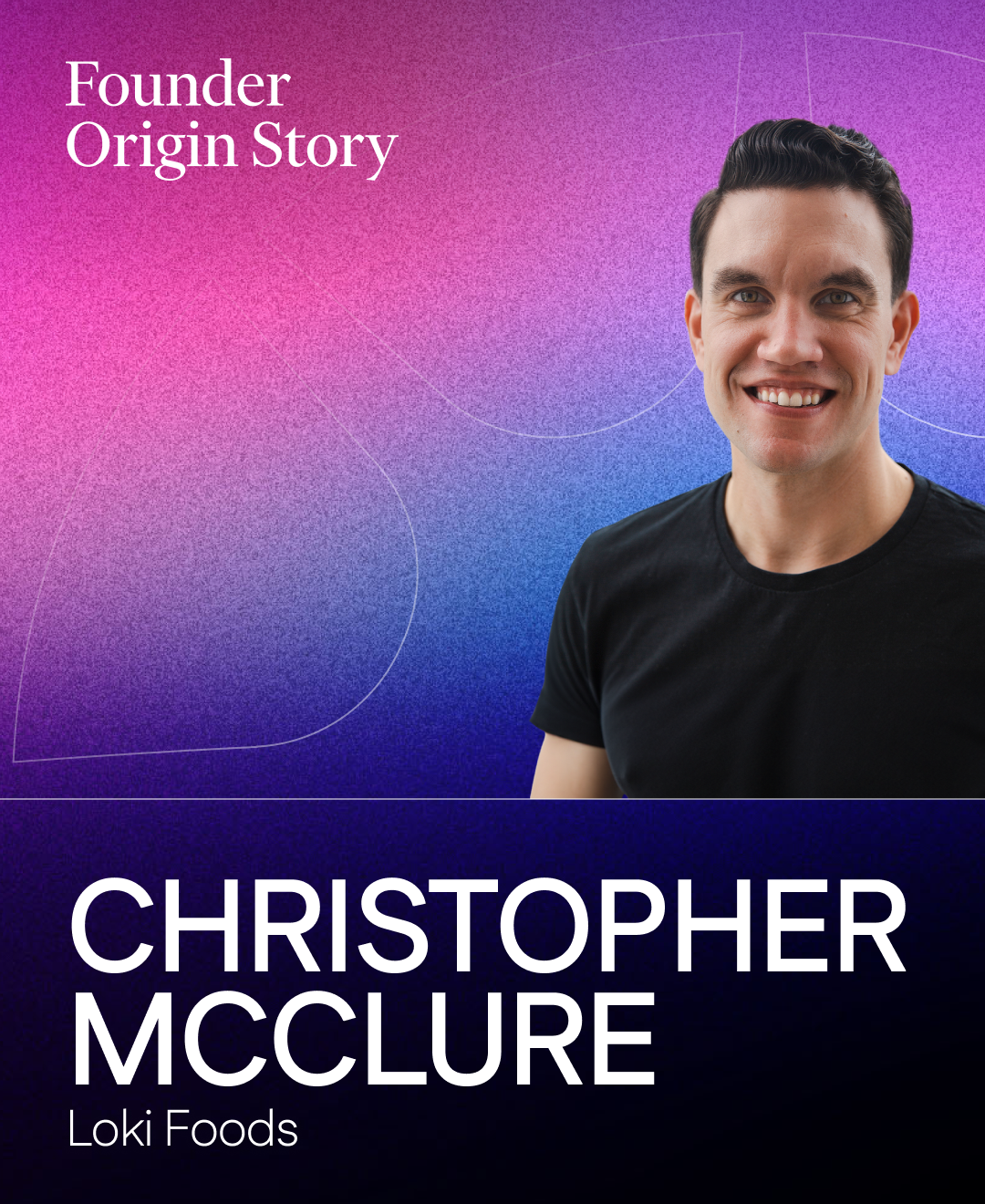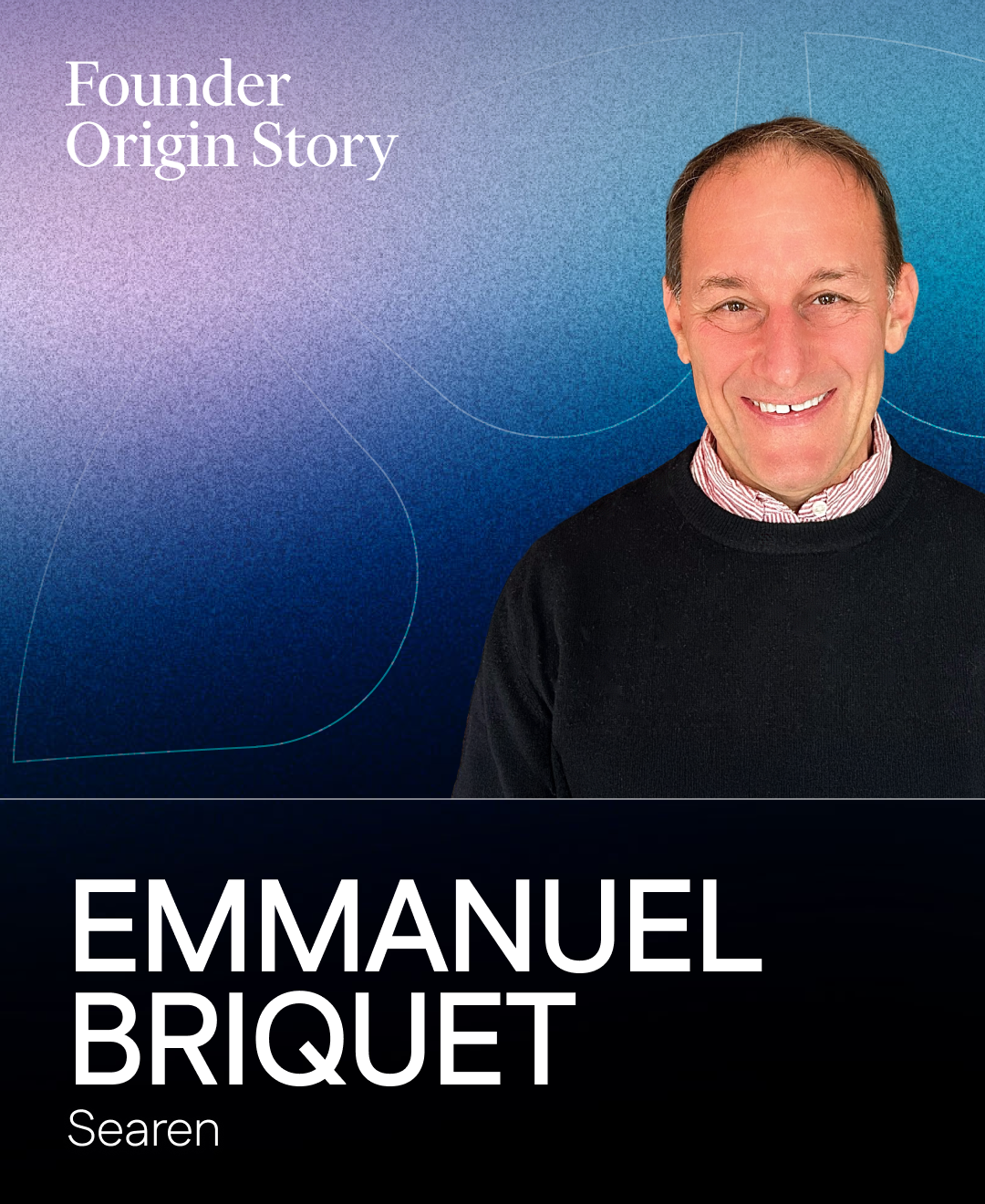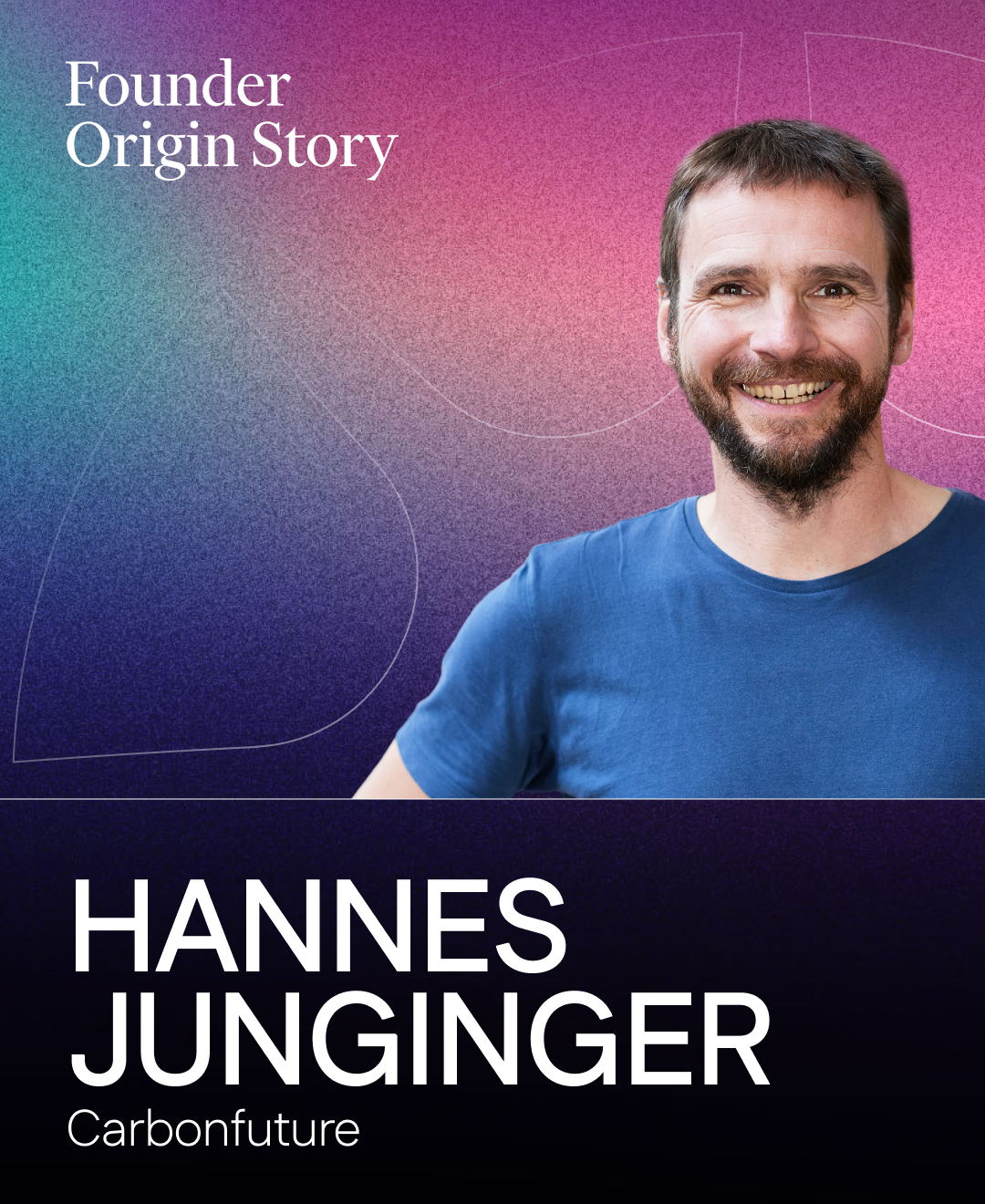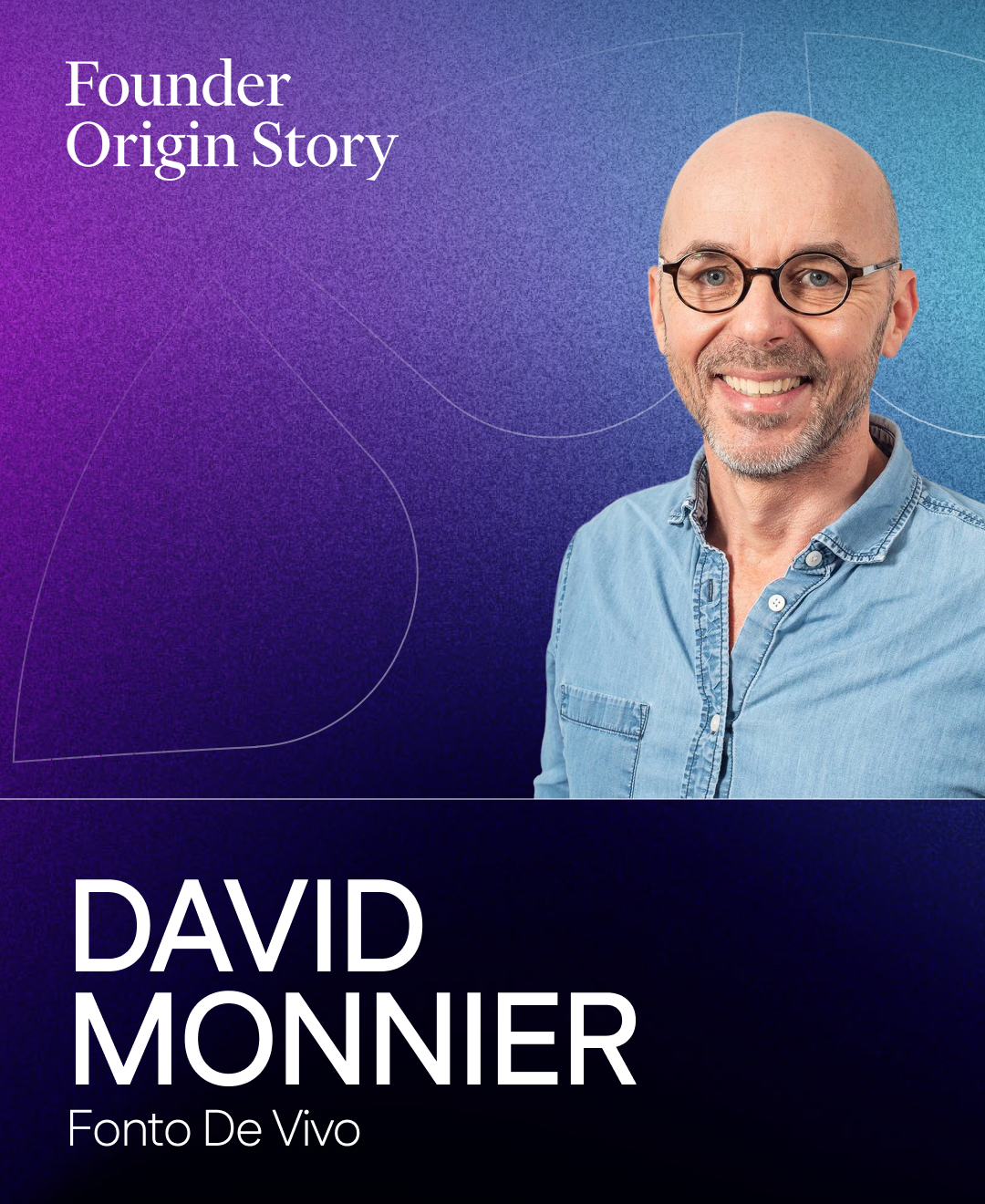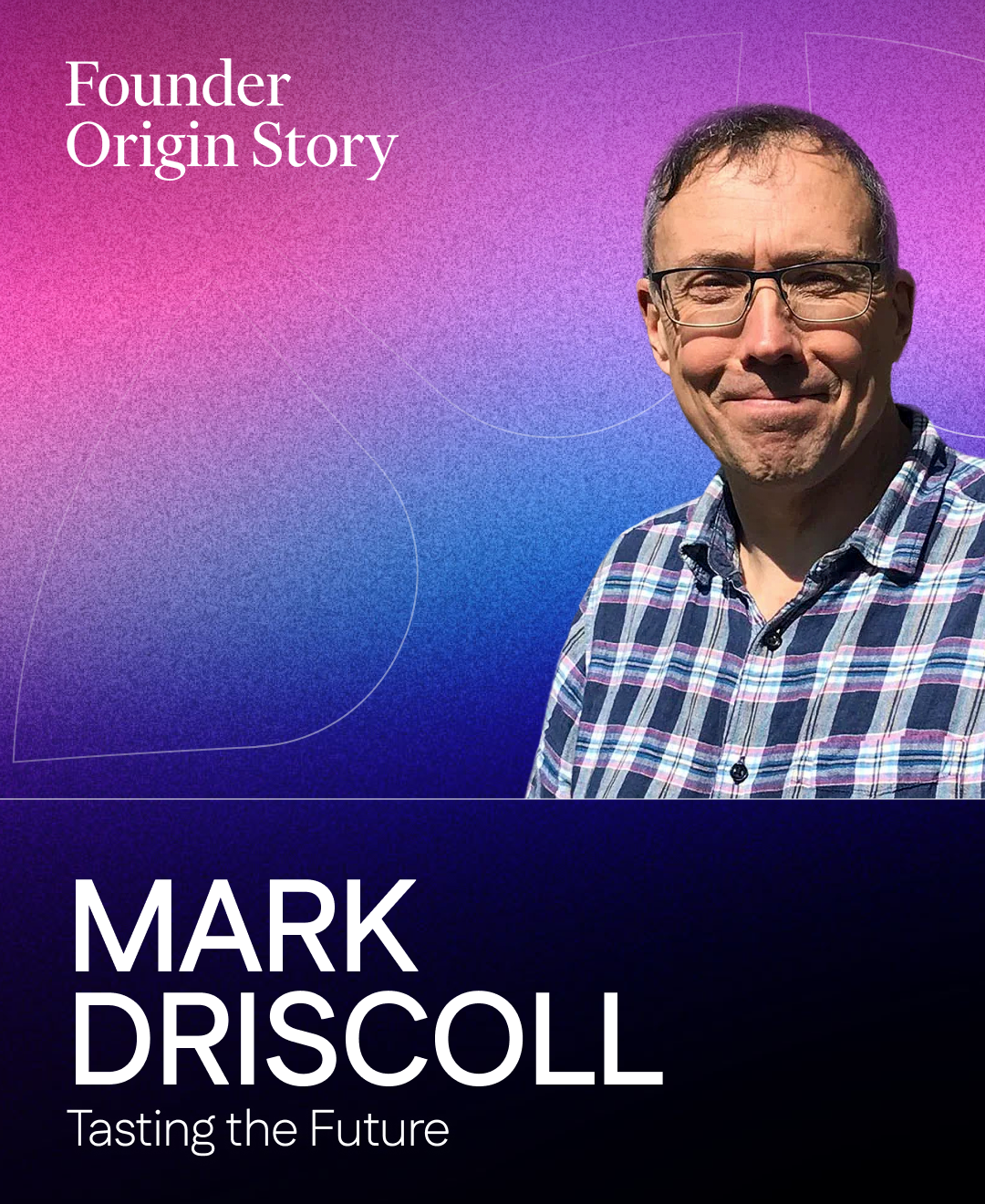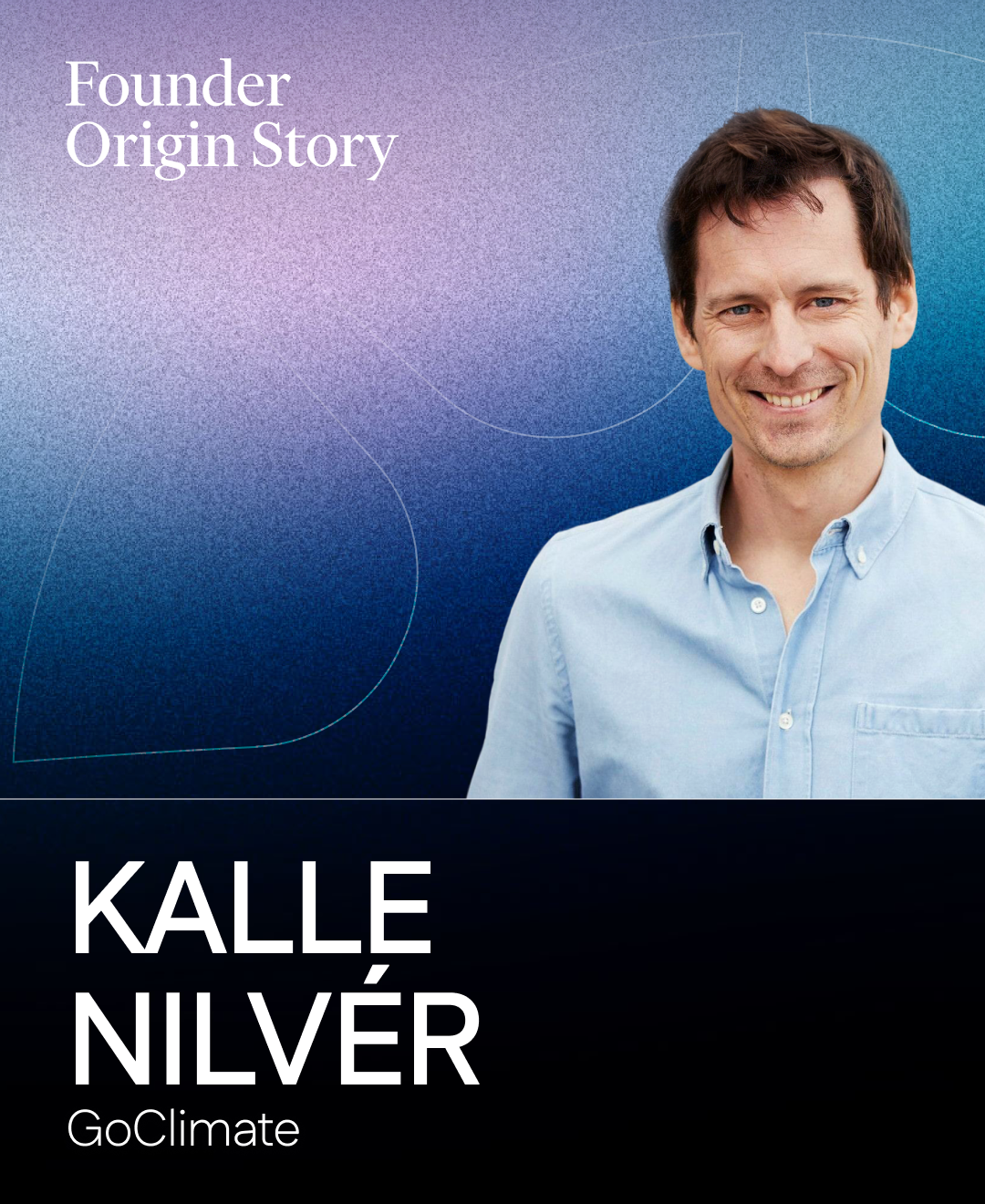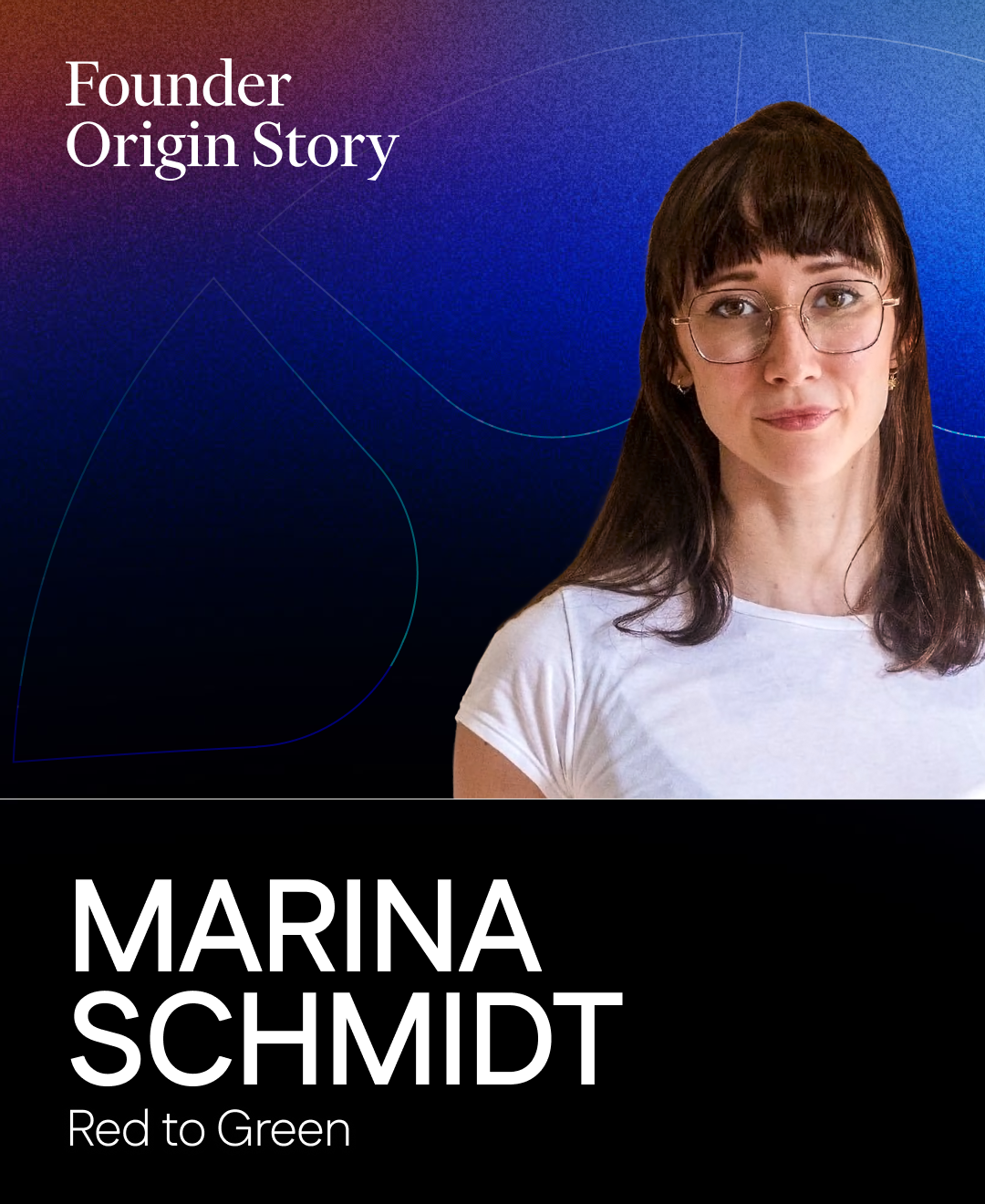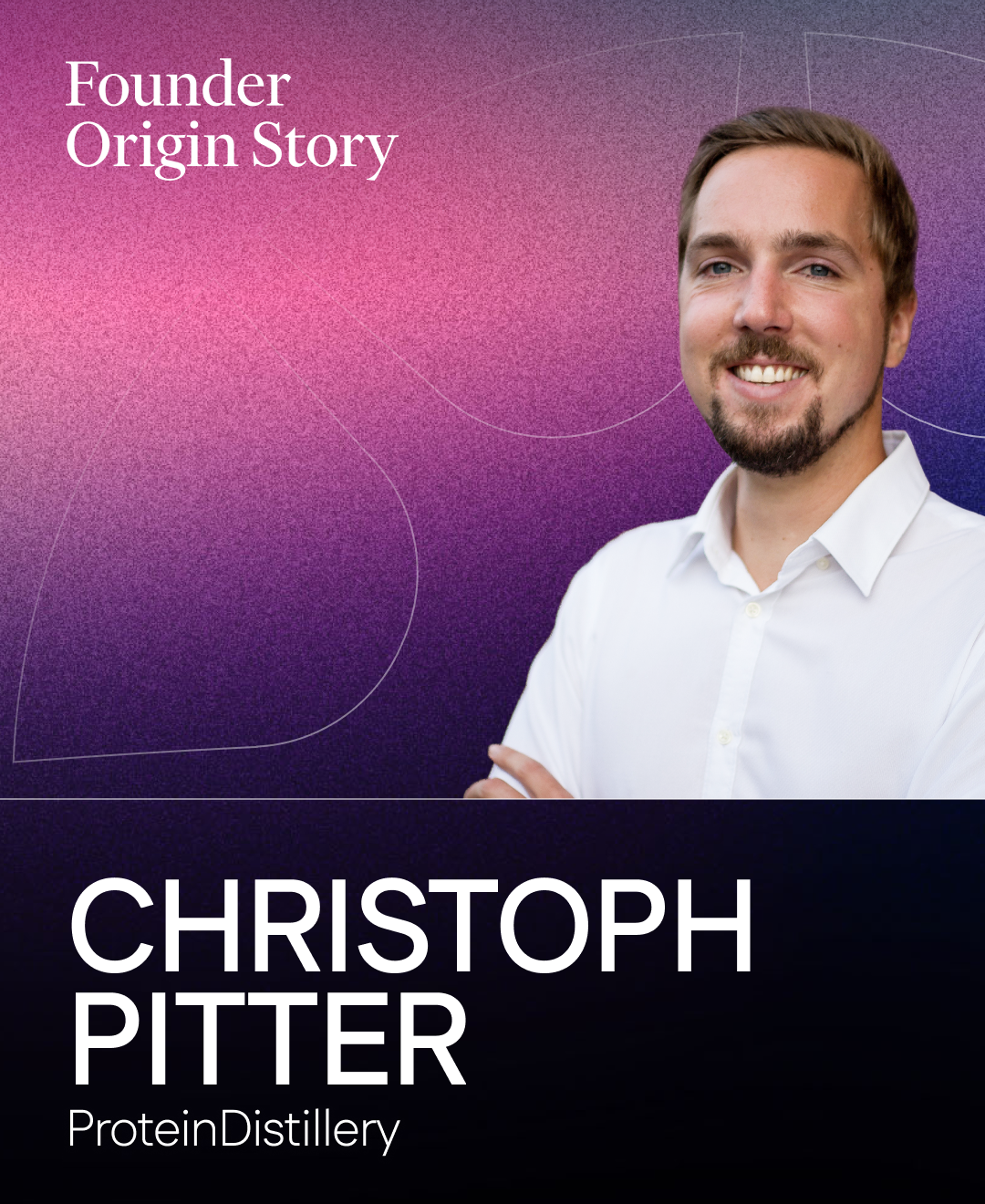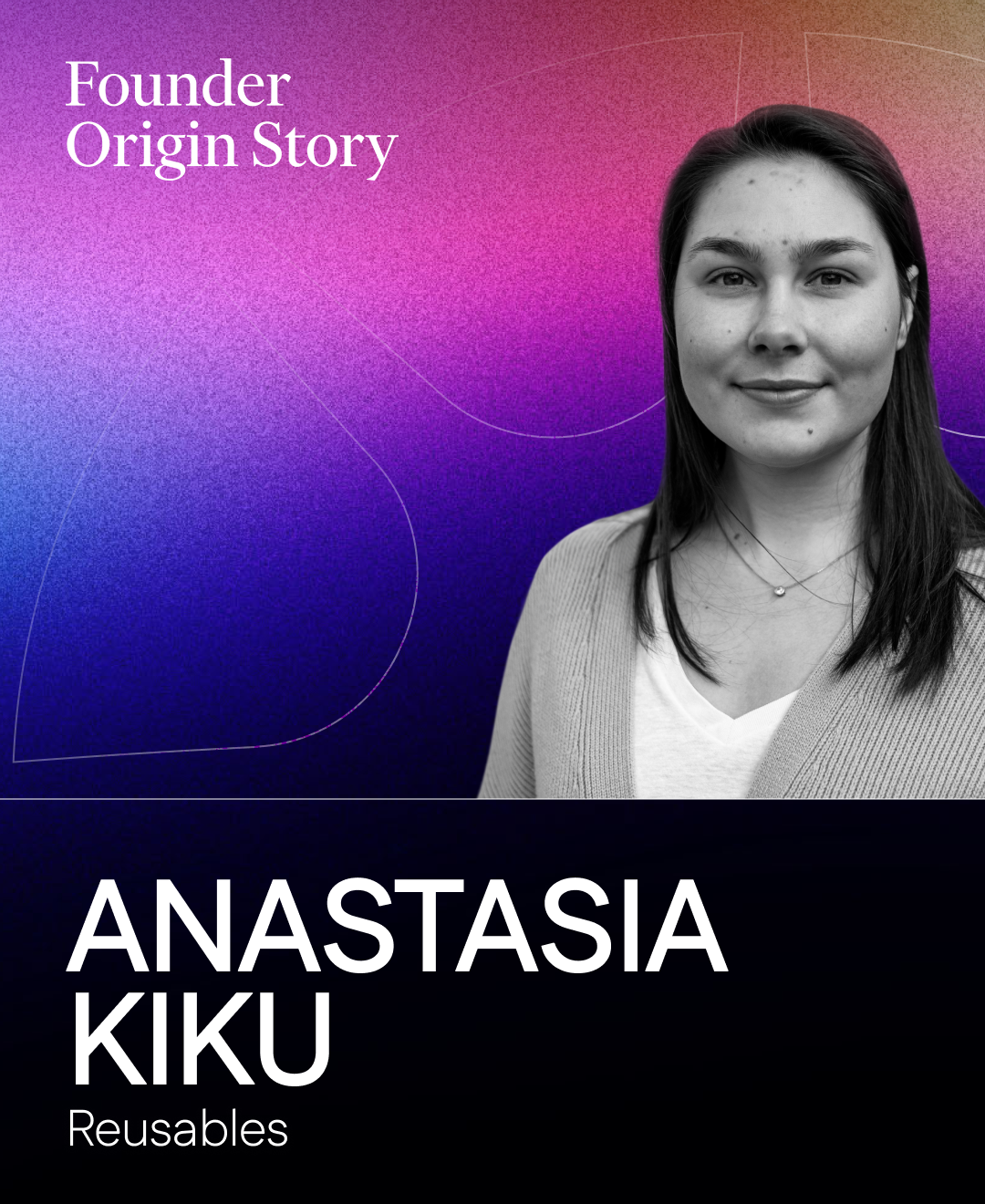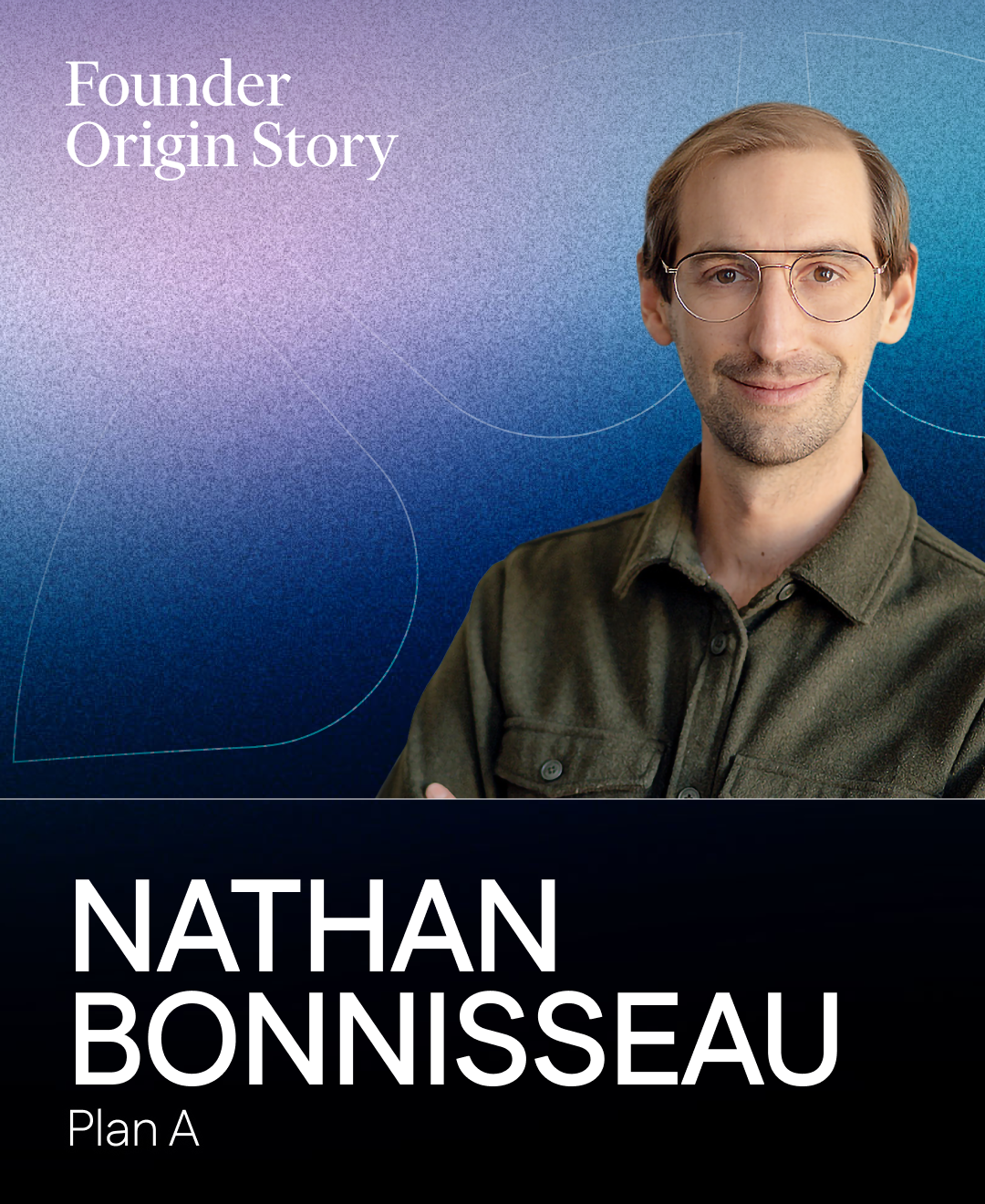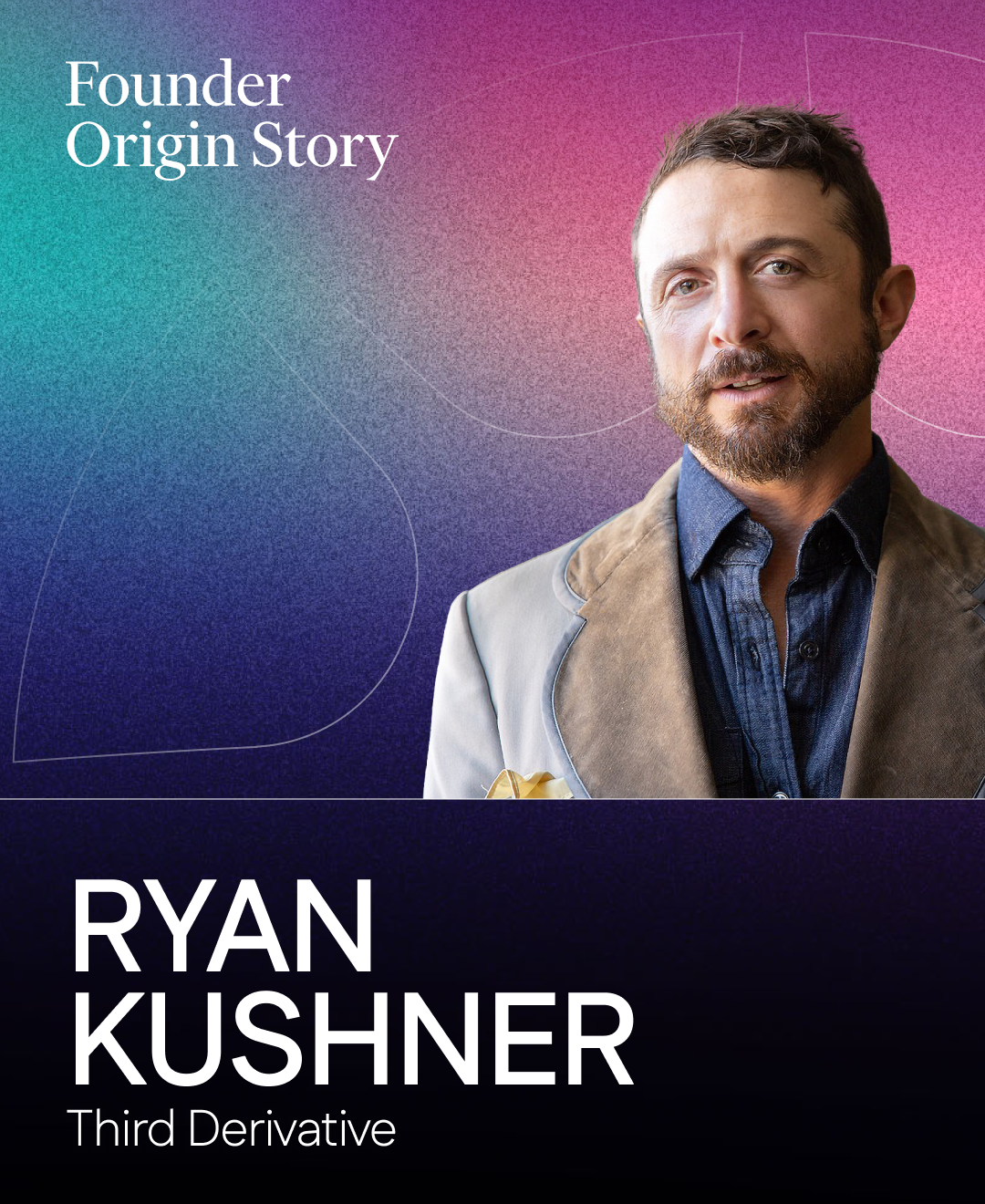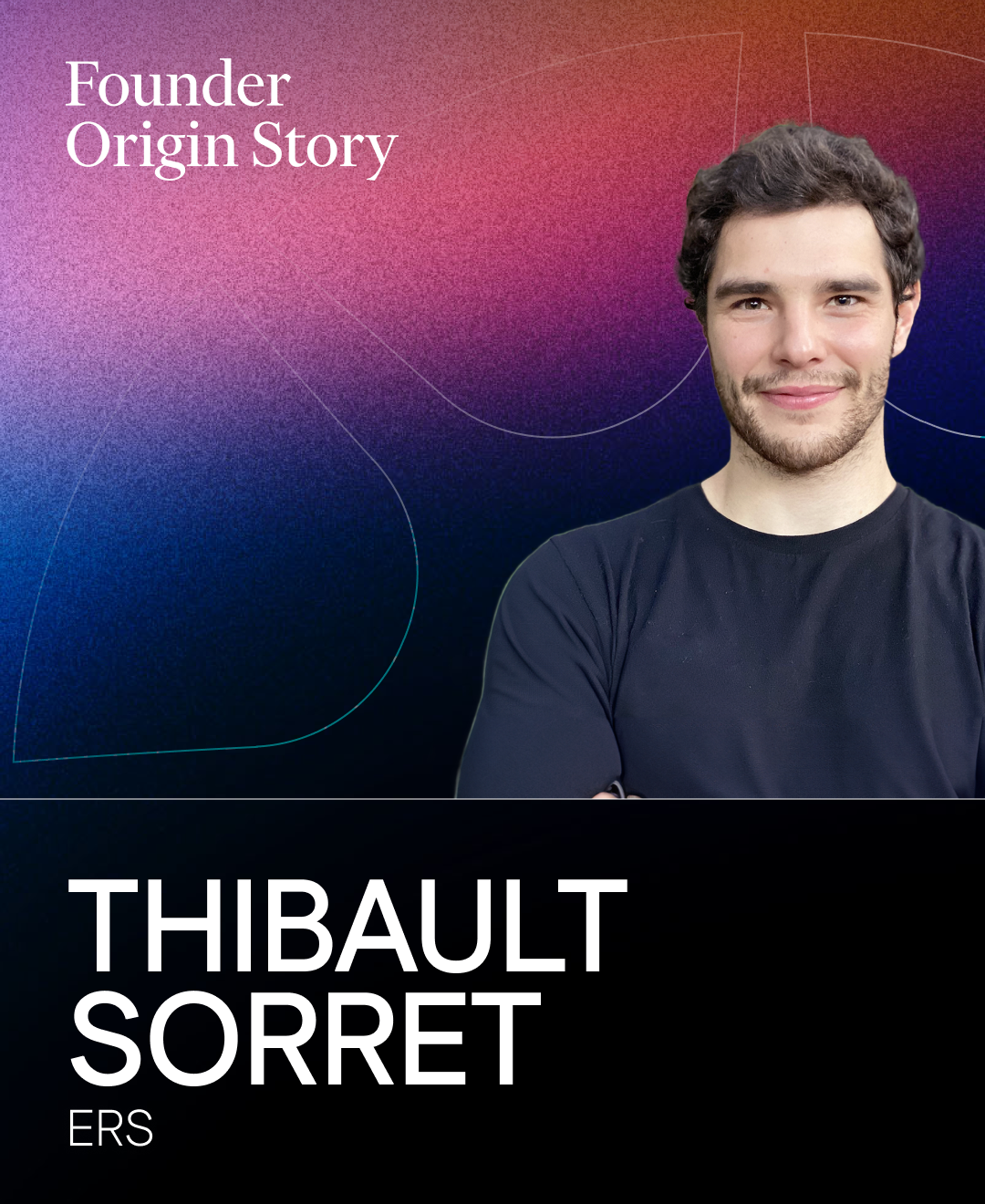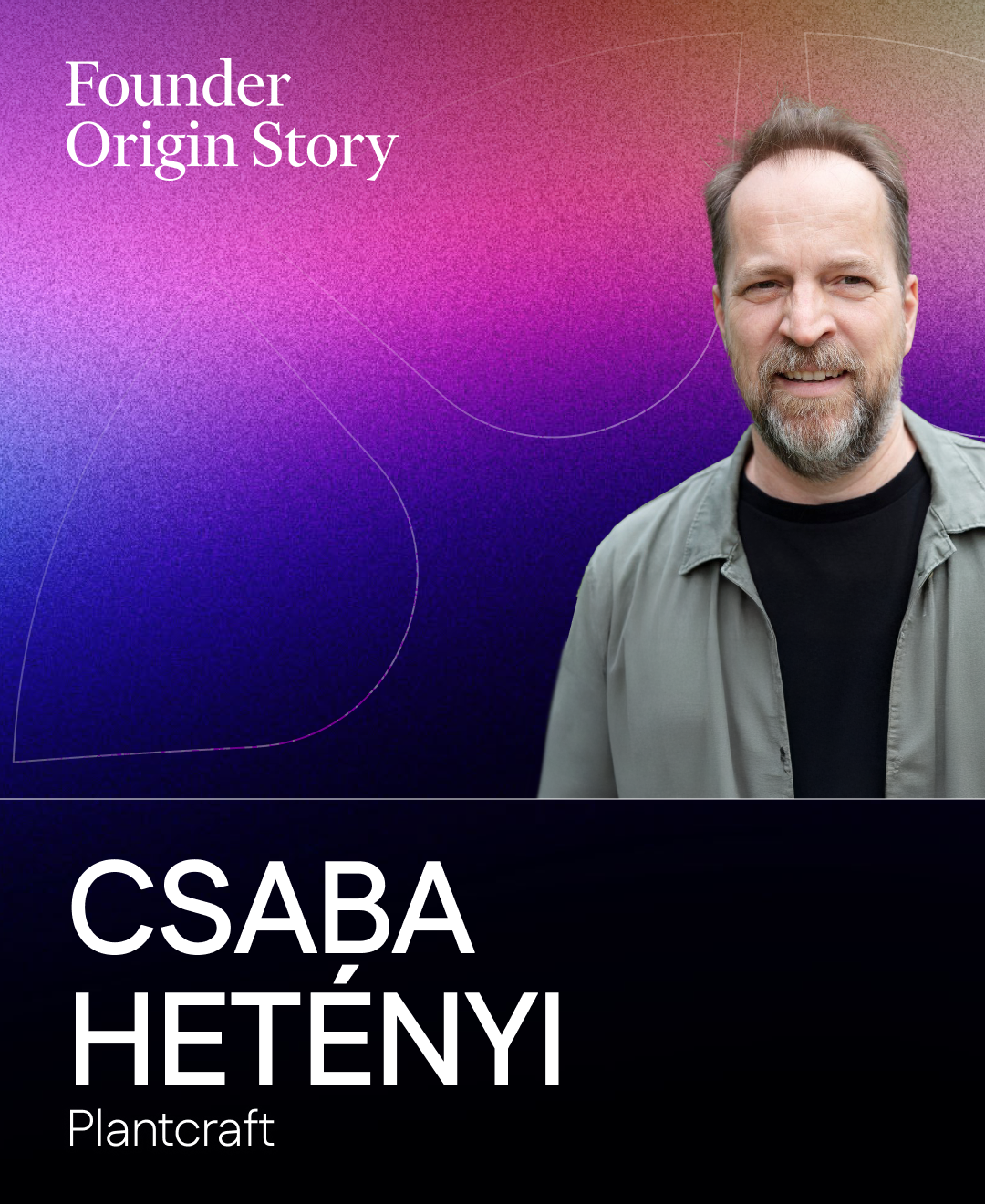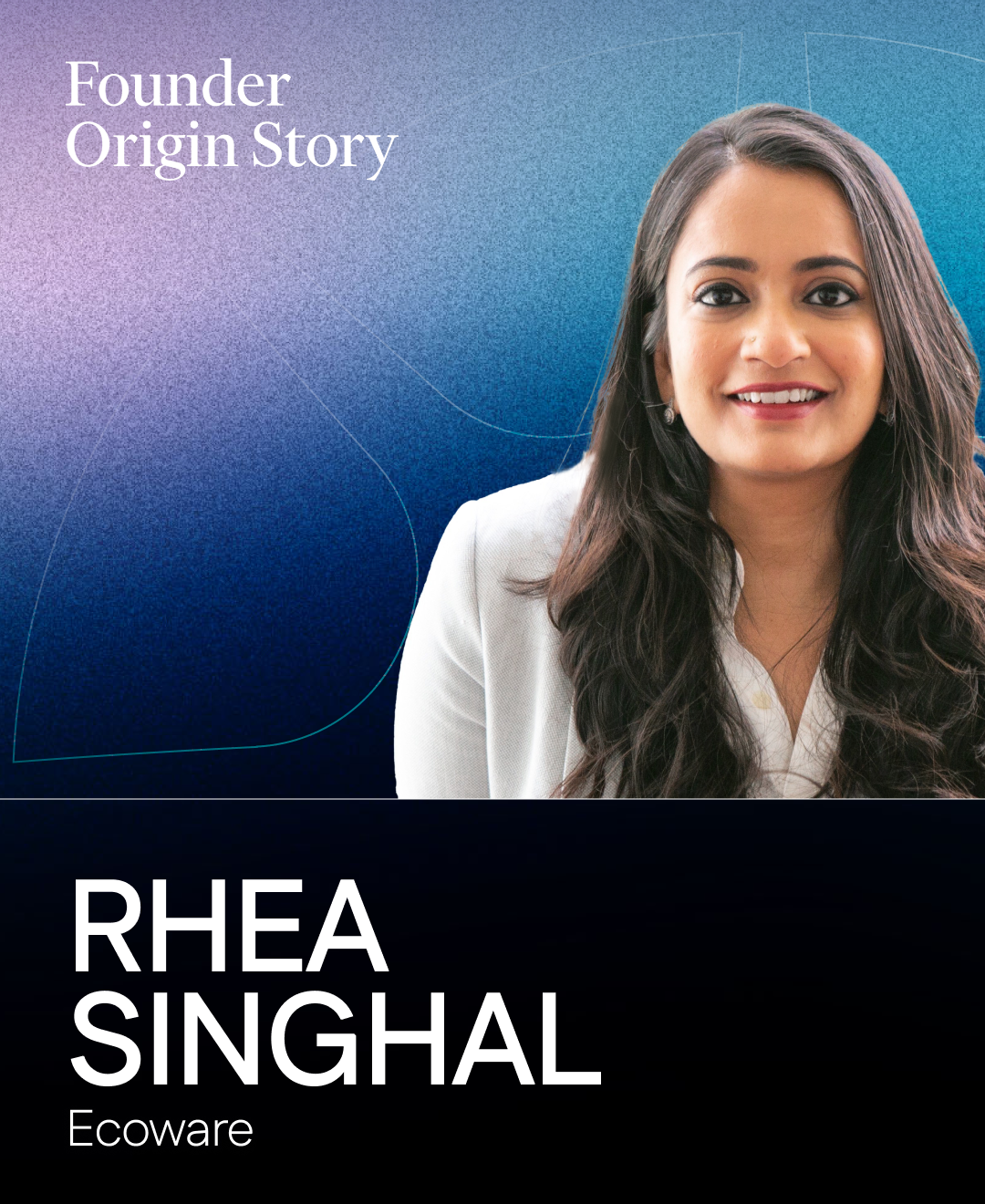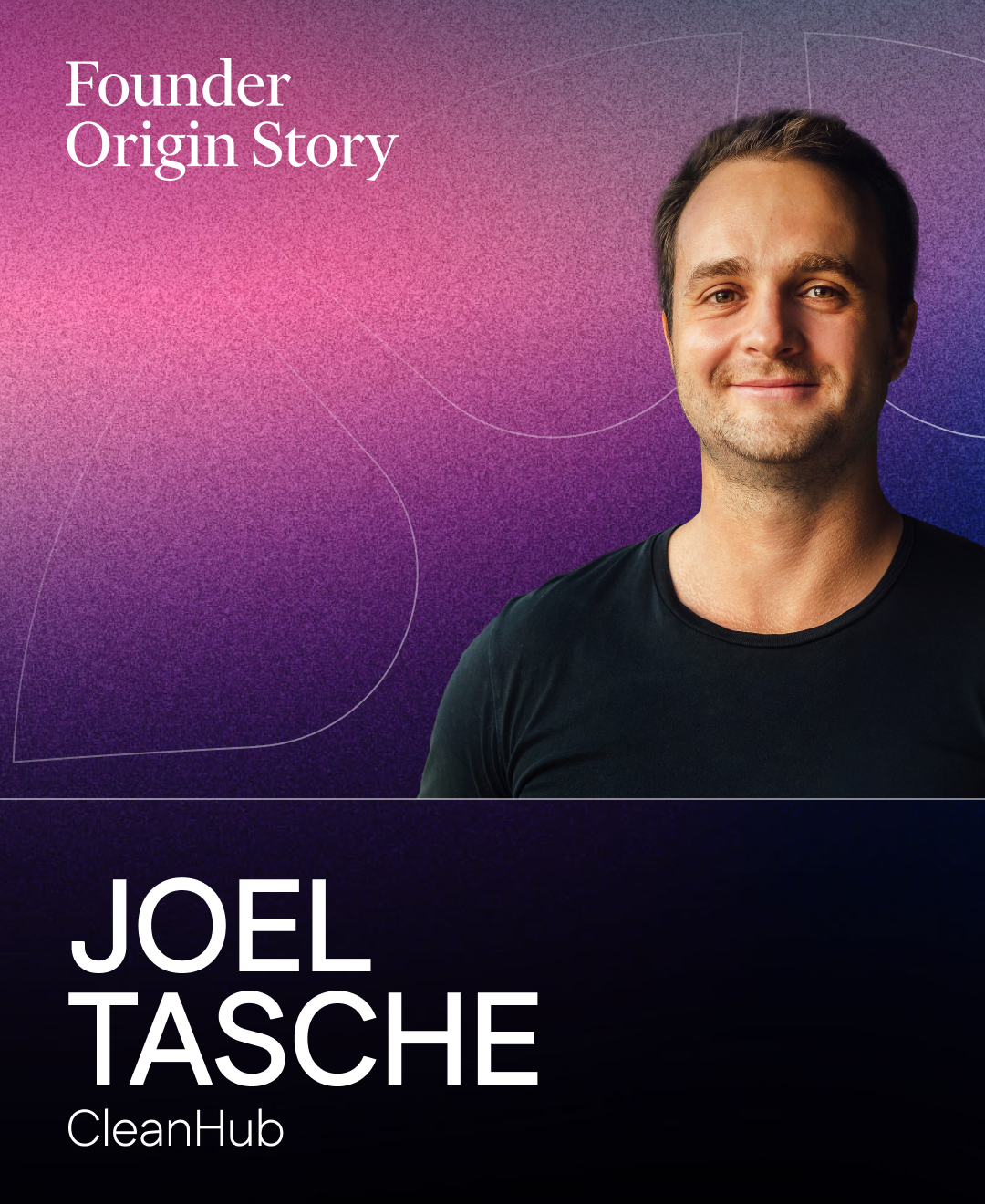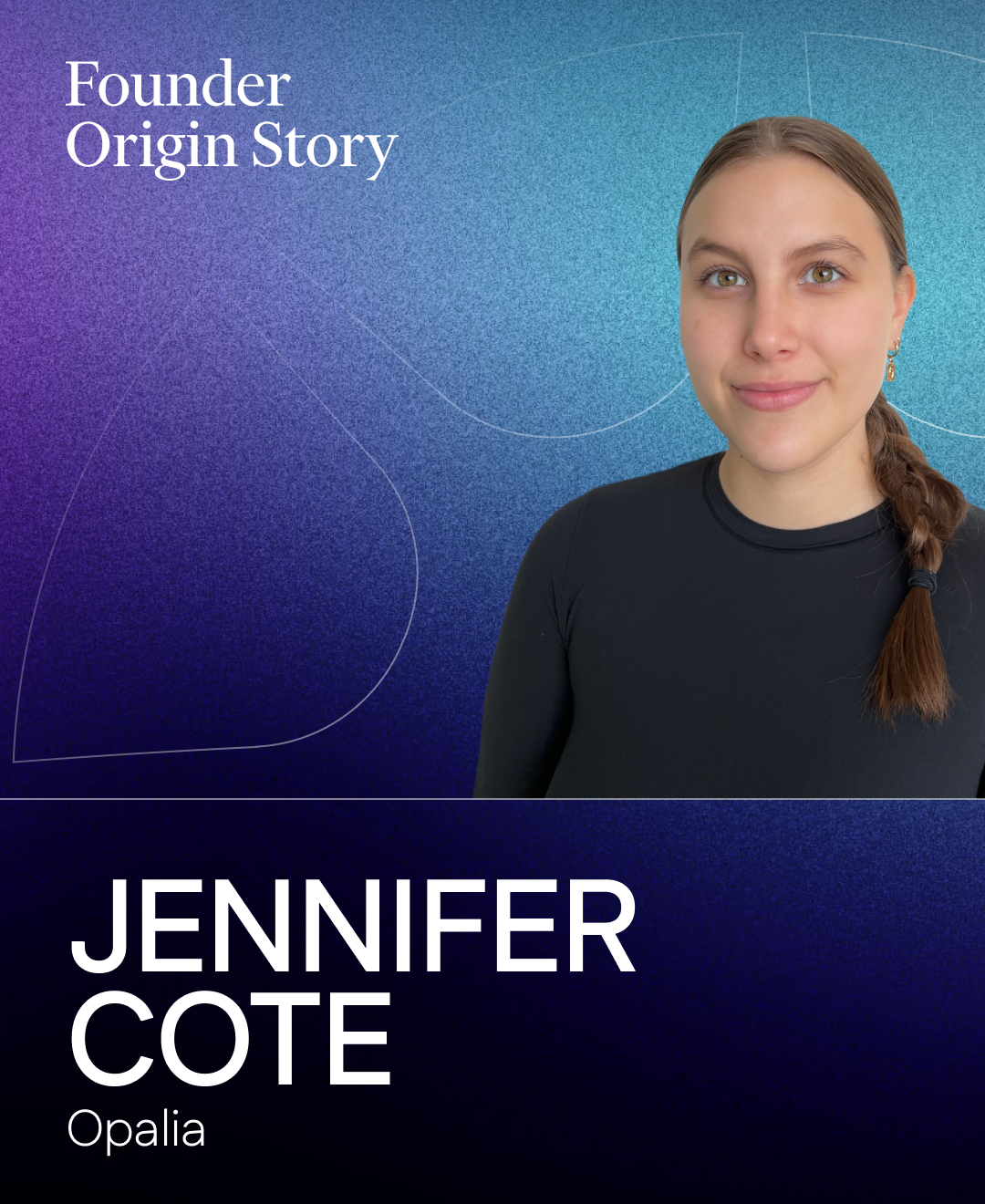
Hi, Chris! Thank you so much for joining us. To get started, we’d love to hear a little bit about your roots. Where do you come from?
I was born in Saigon, Vietnam. My family, along with over one hundred thousand others, escaped Vietnam in the Spring of 1975 due to communism, political oppression and ongoing war. We fled on April 30th of 1975, and my parents, my two brothers and I landed in Kansas City, Missouri. That was where our host/sponsor family was located. It was part of a Catholic church programme to help Vietnamese refugees acclimate to the United States. Two years later, my parents moved to San Jose, California to join the rest of our extended family. San Jose is where I grew up until I went to college.
That’s an incredible story. From first-generation immigrant to Emmy Award-winning designer and CEO. How did you get from there to where you are today?
My first passion was the visual arts. When I was just seventeen years old, I discovered graphic design and instantly knew it was the perfect outlet for my many passions, like drawing, letterforms, sub-culture, music, packaging, design and typography. Shortly after graduating from ArtCenter College of Design in 1995, I started a motion design studio called Blind, which I ran until 2018. In 2014, I started a new business venture, originally named The Skool, with my business partner Jose Caballer. After its dissolution in 2016 due to creative differences, I formed a new company called The Futur, where I was able to run our education company exactly the way I had envisioned it.
At The Futur, our mission is to teach one billion creatives how to make a living doing what they love. Our core audience are self-identified creatives who lack the key business, marketing, sales and communication skills to be successful entrepreneurs.
Amazing! What do you think drives you to do what you do, especially in terms of educating others?
I was very fortunate to land in America. My family was able to create a new life here. My dad’s first job was bussing tables. Through hard work, sacrifice and focus, he ultimately worked his way up to being the chief engineer at a semiconductor company in Silicon Valley. We were able to climb out of poverty and reach the upper-middle class within one generation. As a first-generation immigrant, I’ve been able to achieve levels of success beyond my wildest dreams. I feel indebted and extremely grateful for the many opportunities I was given. As the expression goes: when you make it, you have an obligation to send the elevator back down for others.
I’m also determined to use technology to make education more relevant, dynamic, accessible and affordable. In America, private education is very expensive and can put some families into crippling debt. Schools, for the most part, don’t adequately prepare students for well-paid jobs, and they leave families holding the bag when it comes to paying off student loans. I think it is unconscionable for a modern, industrialised country to sack young people with so much debt. We need to find a better way.
It sounds like you built a solution to that very problem with The Futur. Is The Futur only aimed at high school graduates who want to avoid college debt?
The Futur is for anyone who is seeking to explore their creative nature and wants to be successful at running their own design studio/agency. We do this for everyone who previously thought that being a successful creative was unattainable. We are for the career shifters, the art school rejects, the late-starters, and the disenfranchised.

In addition to being an established design instructor, you were also a very successful creative for more than two decades before you started making online content for The Futur. When did you decide it was time to do something differently—and are you glad you took that risk?
When I was forty-two years old, a college classmate encouraged me to make some content with him for the internet. In January of 2014, we released our first YouTube video. I reluctantly agreed to go on camera, but he ultimately made me an offer I couldn’t refuse. He told me to be silent until I was ready to speak. Despite my introverted nature, I agreed. Doing so completely changed the trajectory of my life and career. I’ve been making content full time since then. We have since produced over 1600 videos on YouTube and have nearly two million subscribers.
What parts of your past experience do you think contributed to your ability to pivot your career in a new direction and be successful on YouTube?
Prior to making content on YouTube, I had been teaching for nearly fifteen years and producing commercials and music videos for 20+ years. I had years of practice and training as a design instructor. I knew how to direct and produce videos. I had the space, equipment and staff to help me produce content. I also had a company that generated revenue, which meant I could experiment without the need to make money. As a content creator on YouTube, I knew I had the experience and pedigree to stand out from the mostly “self-taught” creators on the platform.
Anyone who has done anything knows that no journey is all smooth sailing. There were surely times when things didn’t go to plan. How did you deal with those times?
Content creation is less about doing things right and more about discovering what not to do. Each time we make something, it’s an opportunity to learn and find ways to improve. It’s a lot of failures and missed opportunities before you find your voice, style, subject matter, audience and cadence. There isn’t a lot that is “planned”. It’s more about putting in the time and showing up consistently. Do the work and make small improvements as you go. Eventually, if you don’t quit, you will find something that helps you to stand out.
That’s great advice. Consistency and persistence go a long way in most endeavours. We know that failure is part of growth. Could you share with us a failure you experienced when beginning your journey, and what did you learn from it?
I consider the on-air chemistry between Jose and I as somewhat of a failure. We have very different personalities and didn’t gel on set. Our audience could feel the tension between our teaching styles. Both of us were good, but not together. I think the root of our problem was duelling egos that we couldn’t resolve. Ultimately, as the introvert of the duo, I had to learn how to be more confident on camera, which taught me to develop my skills as a public speaker and on-air personality.

At some point in every journey, learning process or creative endeavour, there is a moment when things just click into place. Some call it an “aha!” moment. Have you ever experienced a moment like this?
After producing a few videos, my wife remarked that our videos were “unwatchable”. They were disorganised, unfocused and difficult to follow. In addition, the videos were designed to be soft pitches for our educational products. If my own wife couldn’t watch our videos, what chance did we have of getting strangers to tune in? We instituted some new rules, including writing and producing presentation decks. No more selling. No pitching. We just focused on delivering value. Jose and I prepared our decks, and with that first episode after implementing those changes, things started to take off. It was a valuable lesson about not taking your audience’s time for granted.
That’s a powerful realisation! You’ve achieved so much over the course of your career. I think it’s safe to say you’ve made it. But that means you’ve probably taken some big risks and made some serious leaps of faith along the way. Is that the case?
From 2014 to 2016, a full two years after starting our education company, we barely made enough money to support one full-time staff member. And that didn’t account for the rent, equipment and personnel that were needed to produce the videos. Aside from this, I had stopped showing up for client meetings and focused most of my time writing and producing content. My peers questioned what we were doing. Some even got upset at us for disclosing so many “industry secrets”. My business coach thought it was a mistake to ignore my other company, Blind, as it was my primary source of income. I didn’t have any empirical evidence that The Futur was going to work out. I just did it on faith. Thankfully, it did work out, and now we make content full time with a team of 15 people. I haven’t done any client work since December of 2018.
Your education company is very aptly named The Futur. The entire world is currently undergoing a period of great change and uncertainty. With that in mind, we’d love to know how you envision the future.
I am very optimistic about the future. The internet allows us to have a connected global community. In a way, the world is getting smaller. Economies are more intertwined, which should help prevent us from annihilating one another. We live in a time of many great technical advances, including computing, artificial intelligence, machine learning, medicine (CRISPR gene), space travel, energy production, etc. There’s a lot to look forward to, and I do my best to focus on that.
When you are no longer here on Earth, how do you want people to remember you and your journey?
I hope I am able to bend the current of education to be more inclusive, diverse, equitable and accessible. I want to leave behind a legacy of educational tools that transform people’s lives.
You’re certainly on track to achieve that! There are so many young people just starting out who also want to achieve big things and have an impact on the world. What advice would you give to them?
Start creating content. Embrace the technological shifts. It is futile to resist. Those who can master the gaps between cultural and technological shifts will be influential leaders.
Thank you so much for joining us today, Chris! This interview has been so insightful. We’ll close it with one final question: If there was one lasting message you could share with the world, what would it be?
When we use our collective energy to lift one another up—emotionally, spiritually, physically and financially—we all win. When we hoard all the resources, we all lose.
A huge thank you to our incredible guest Chris Do!
If you would like to find out more about Chris and his work at The Futur—or perhaps explore your own creative side—you can find him at: www.thefutur.com.
To stay up to date with all of our interviews and latest content with amazing people like Chris, subscribe to the Brighter Future newsletter here.
Let’s Start Building Your Story
Book a call or email us at mission@brighterfuture.studio to begin crafting your inside-out narrative.


